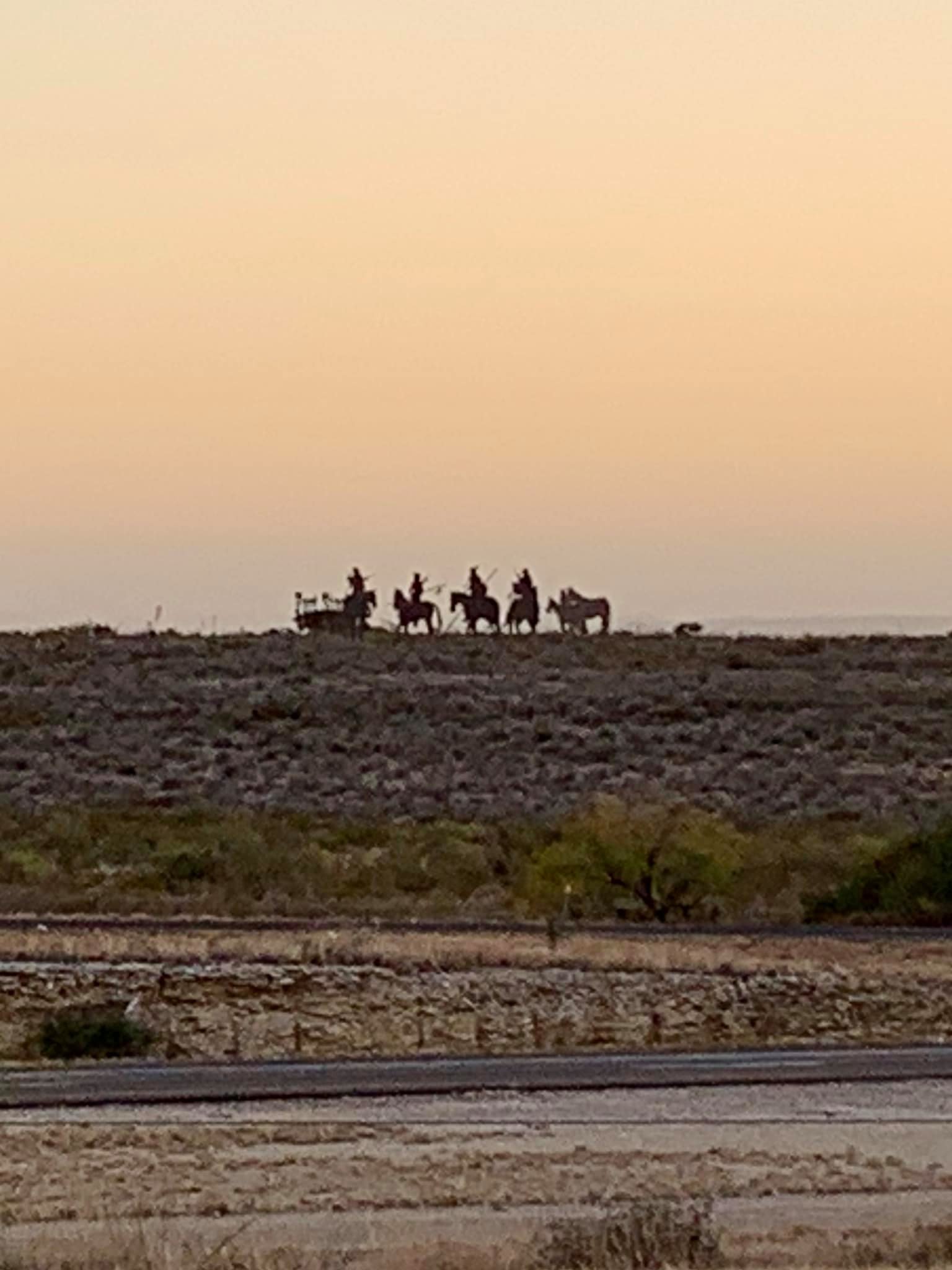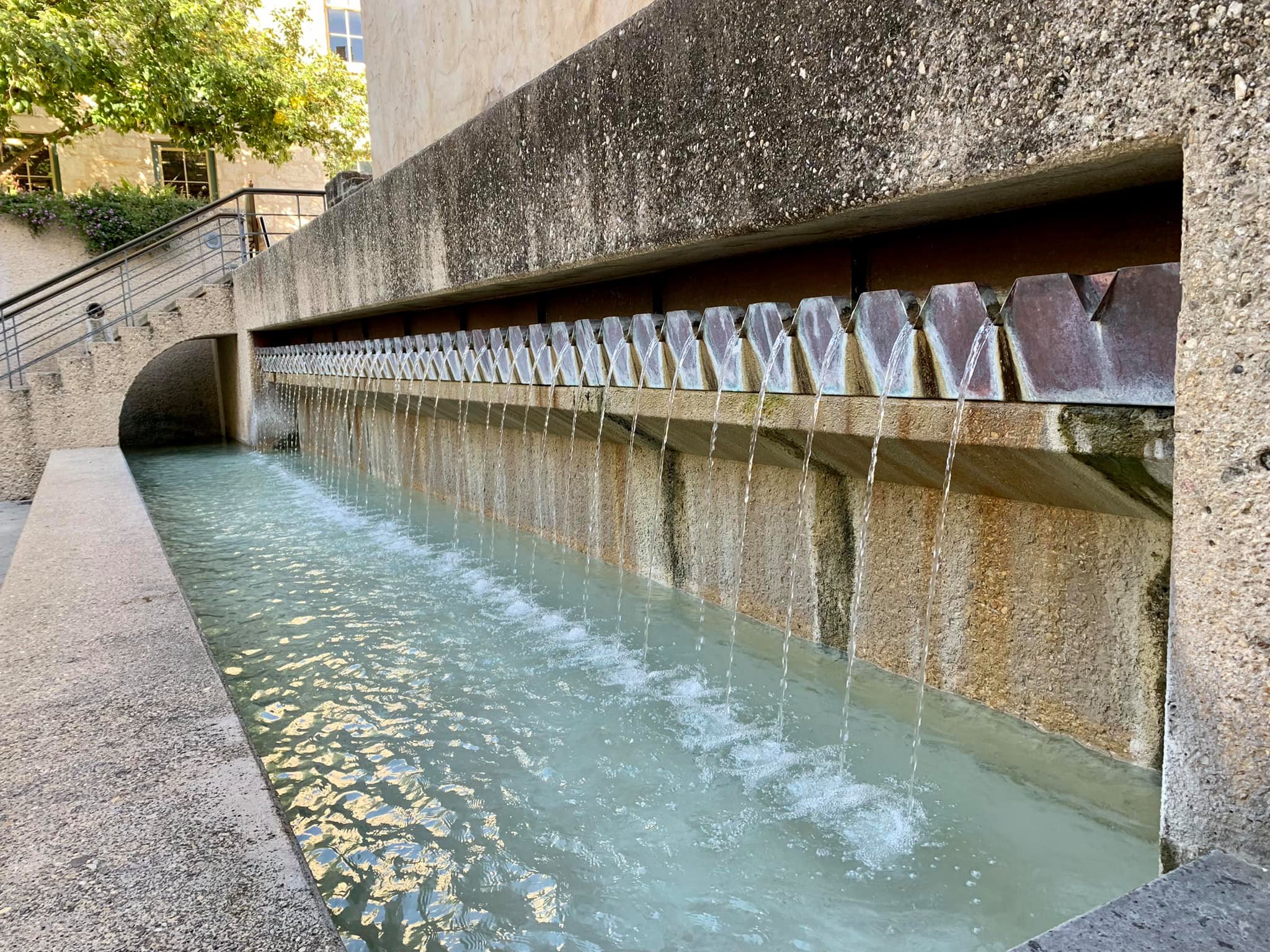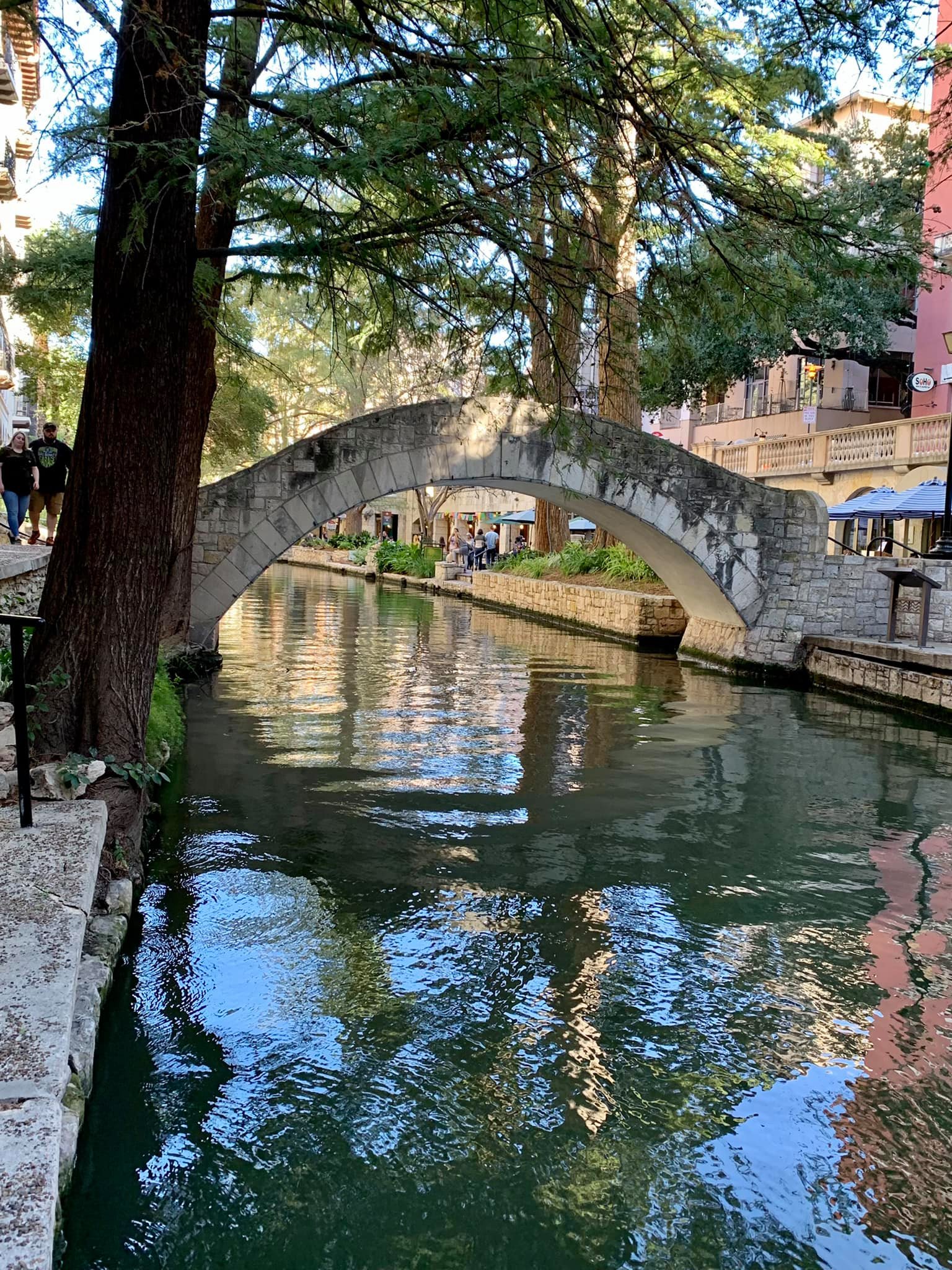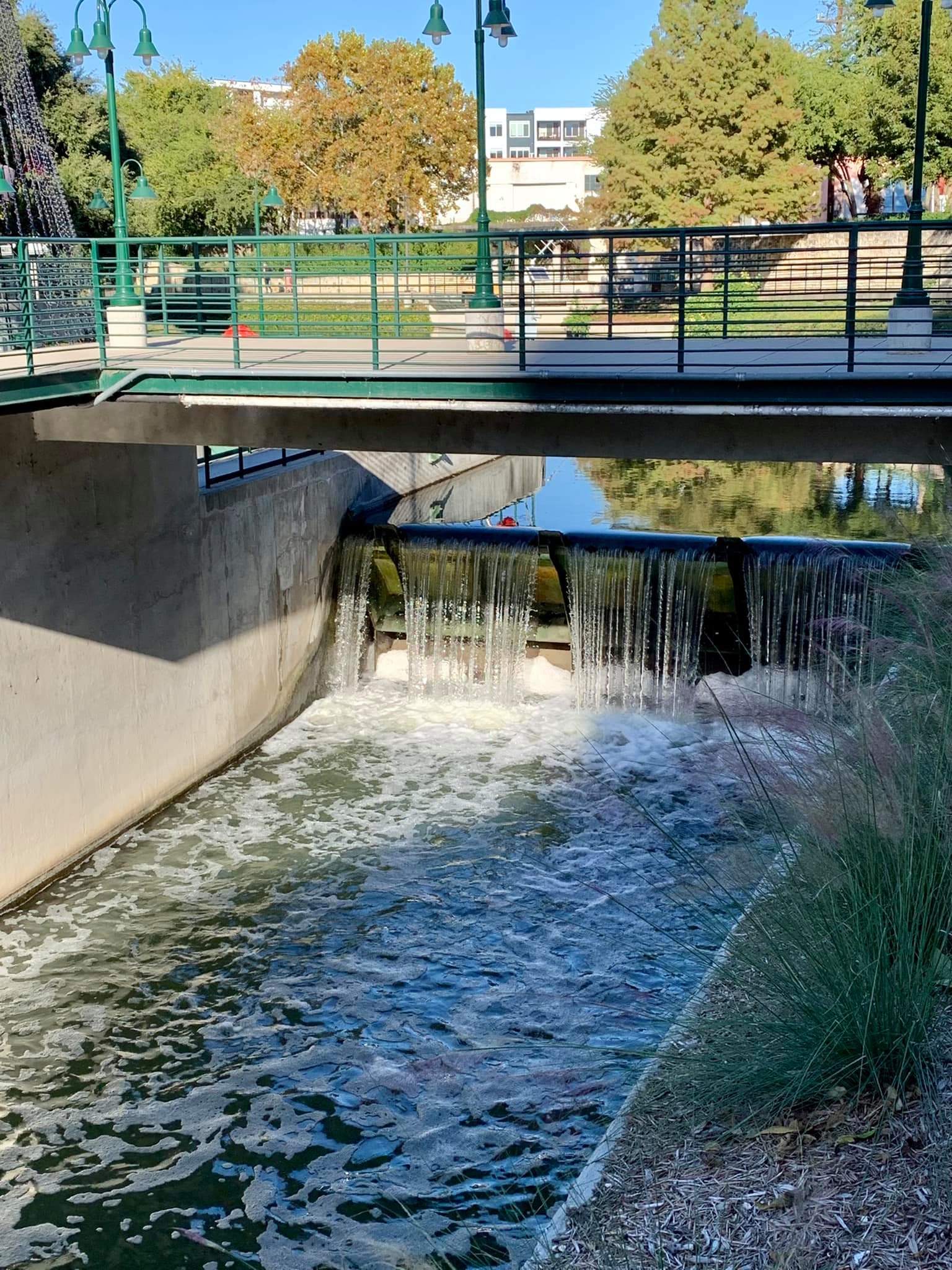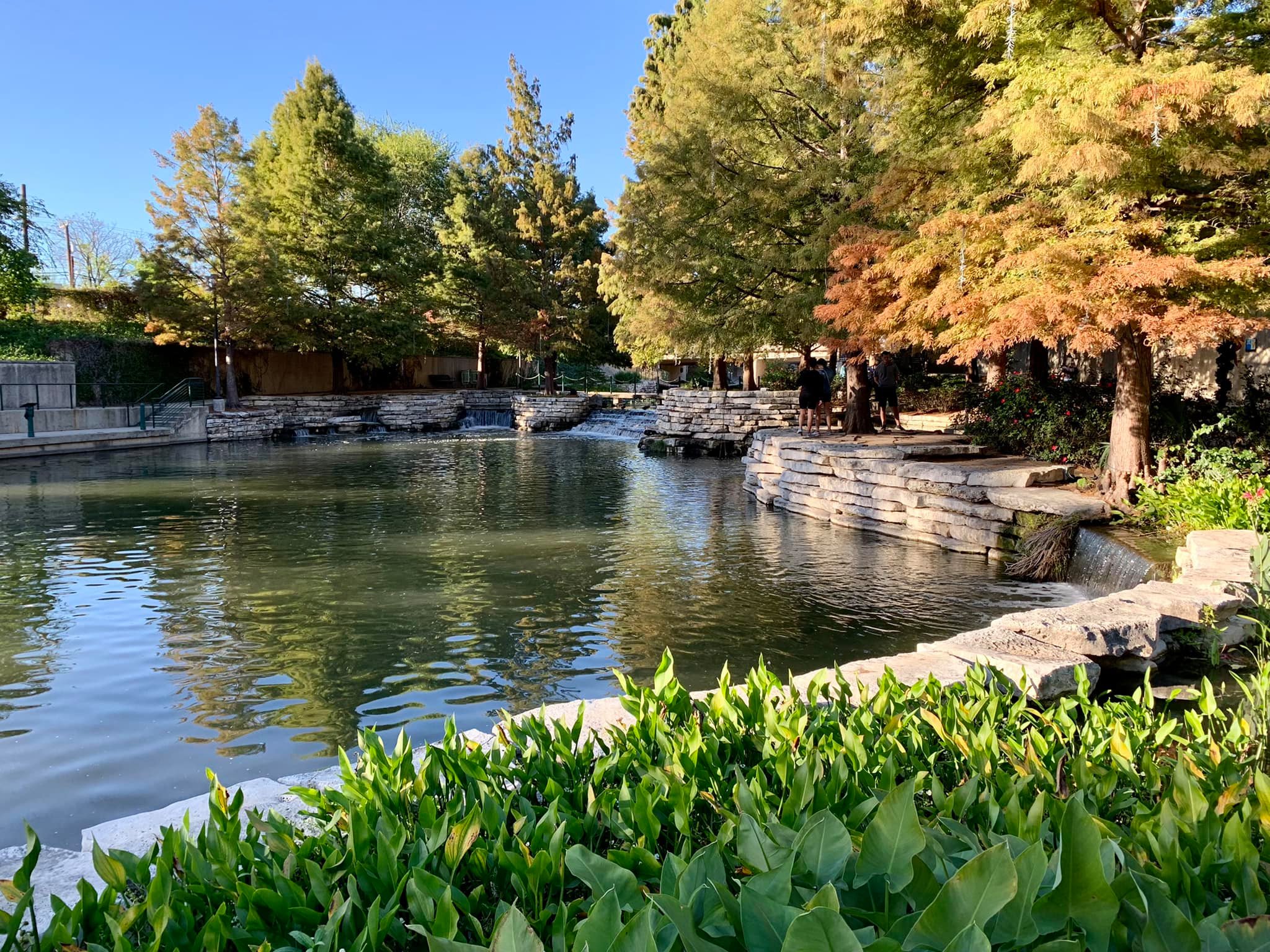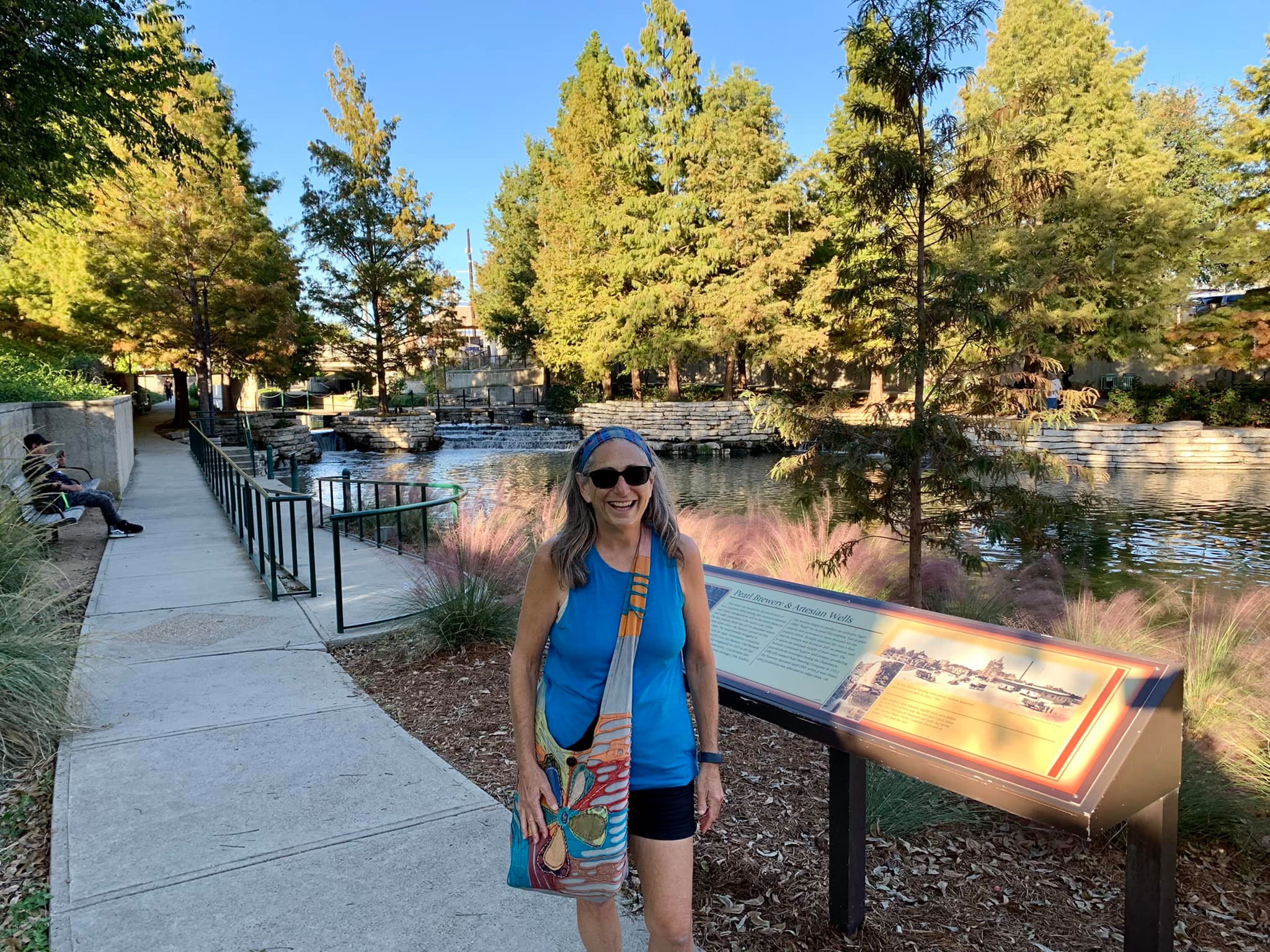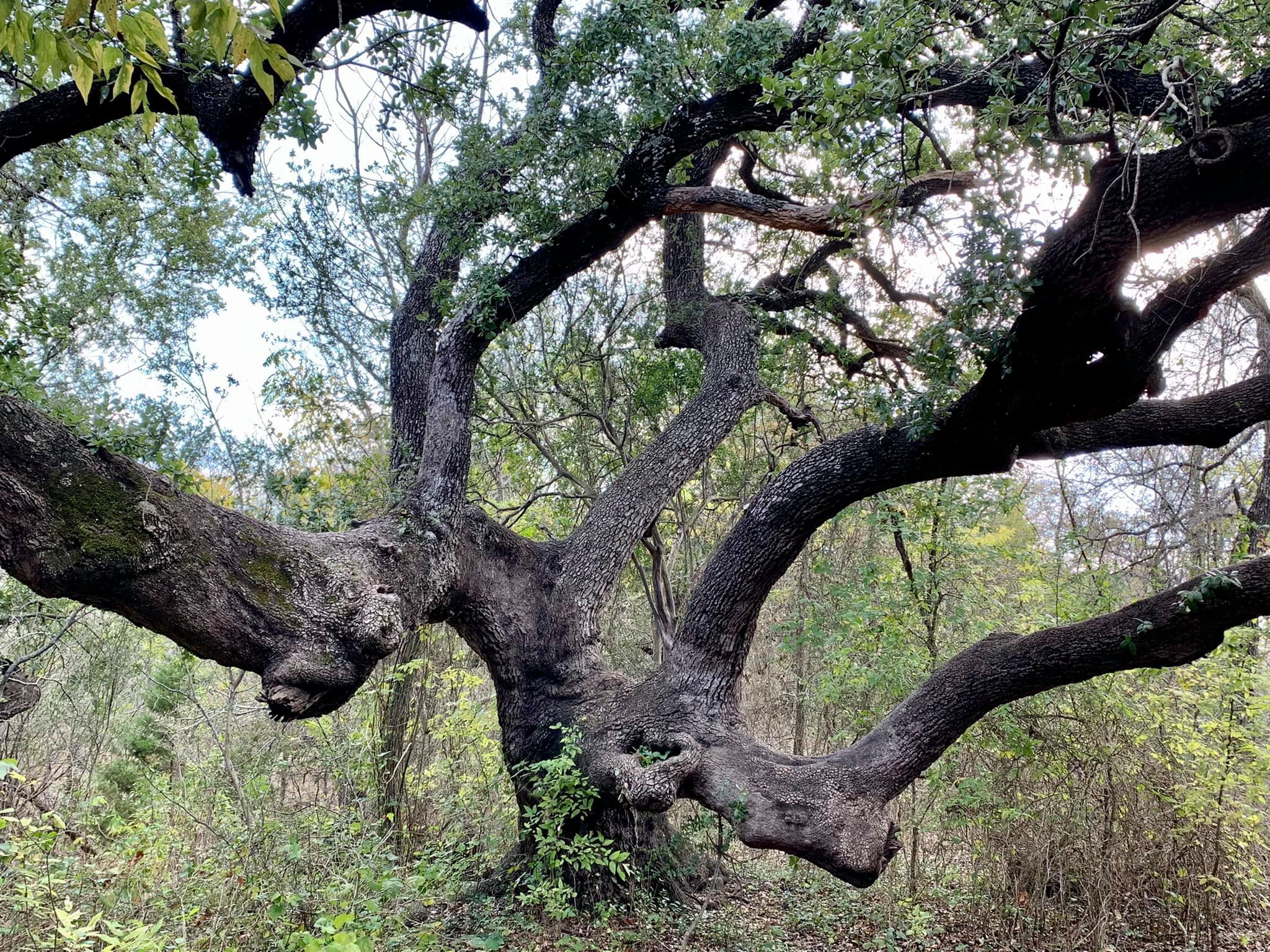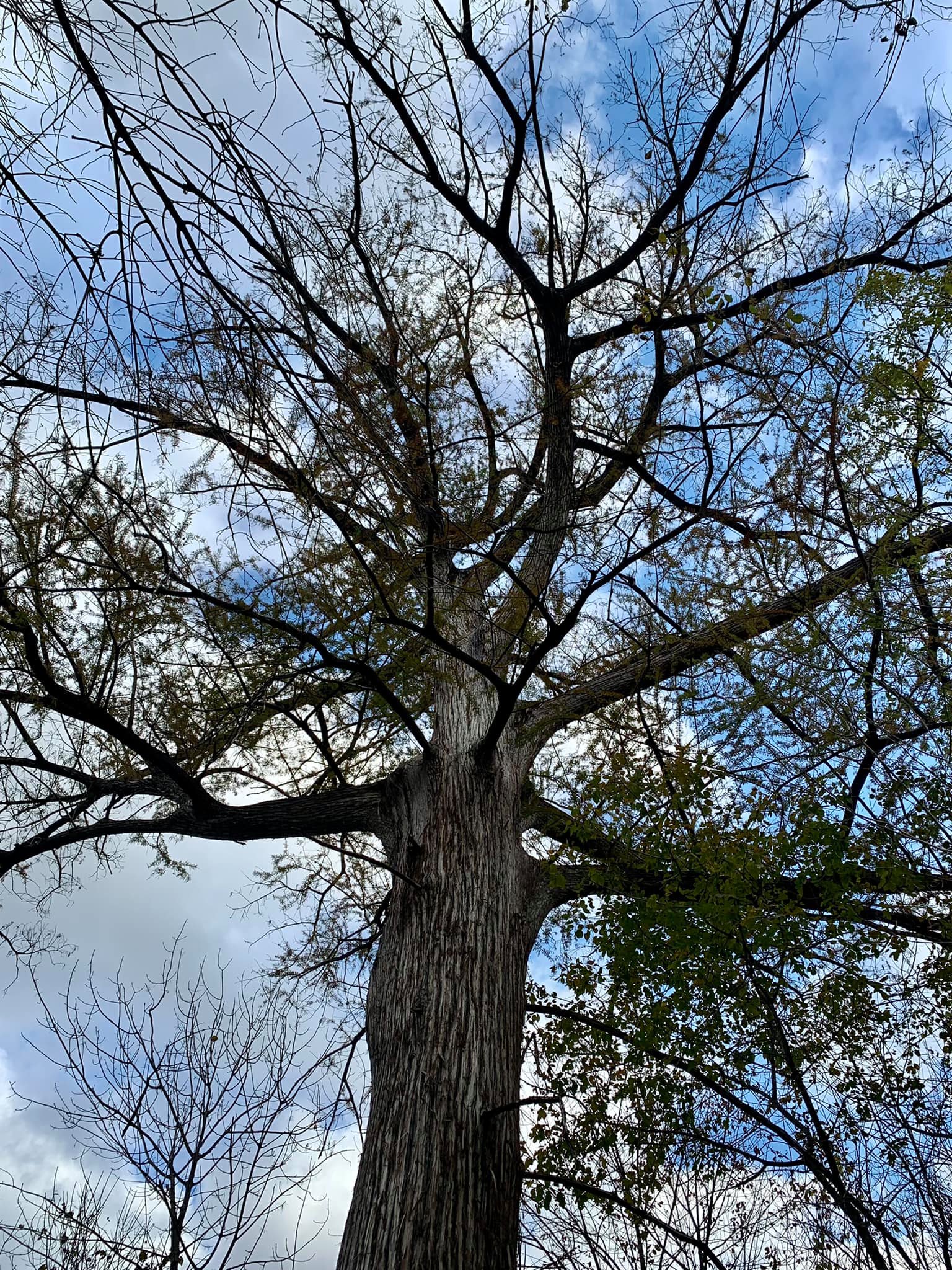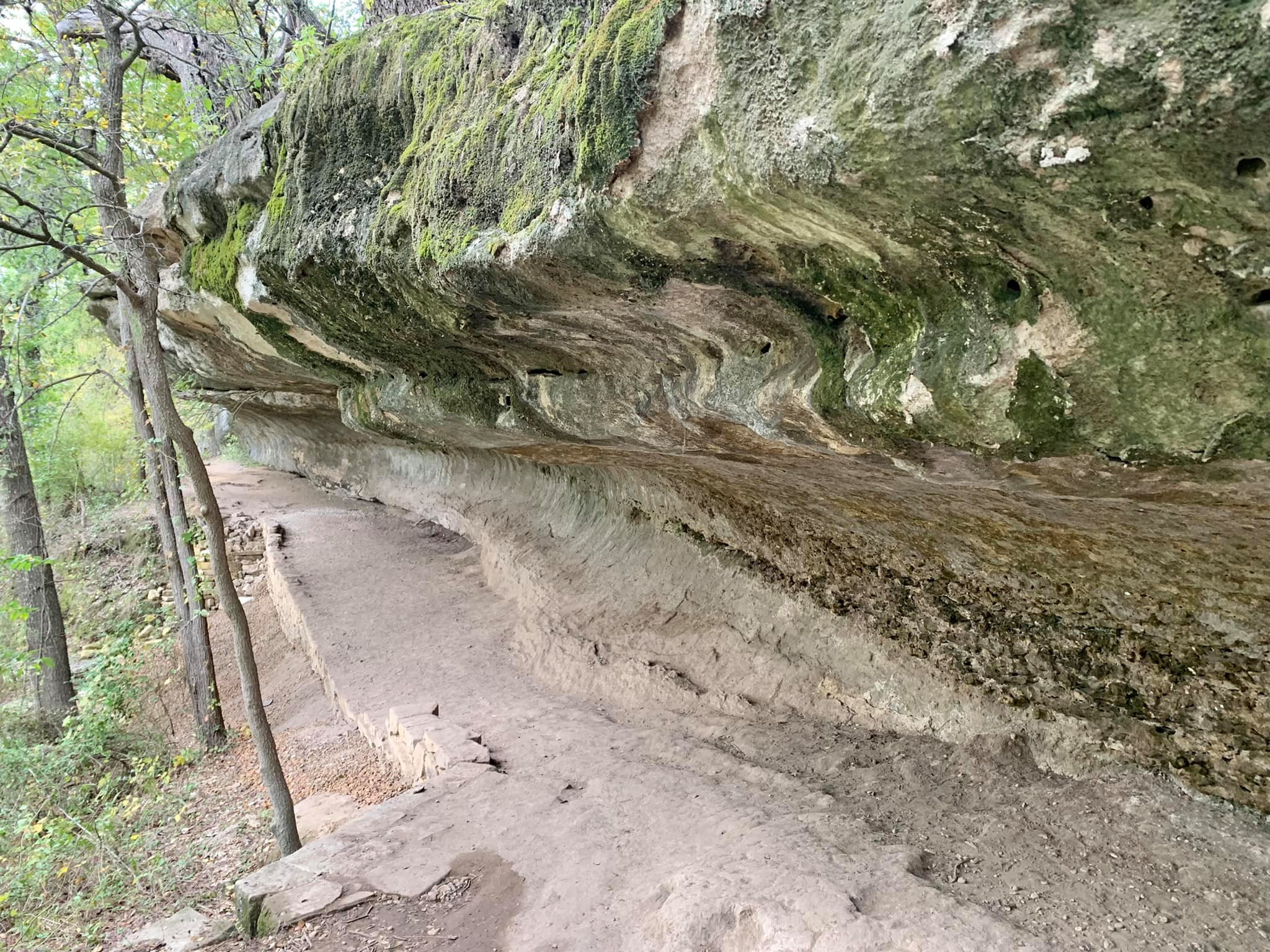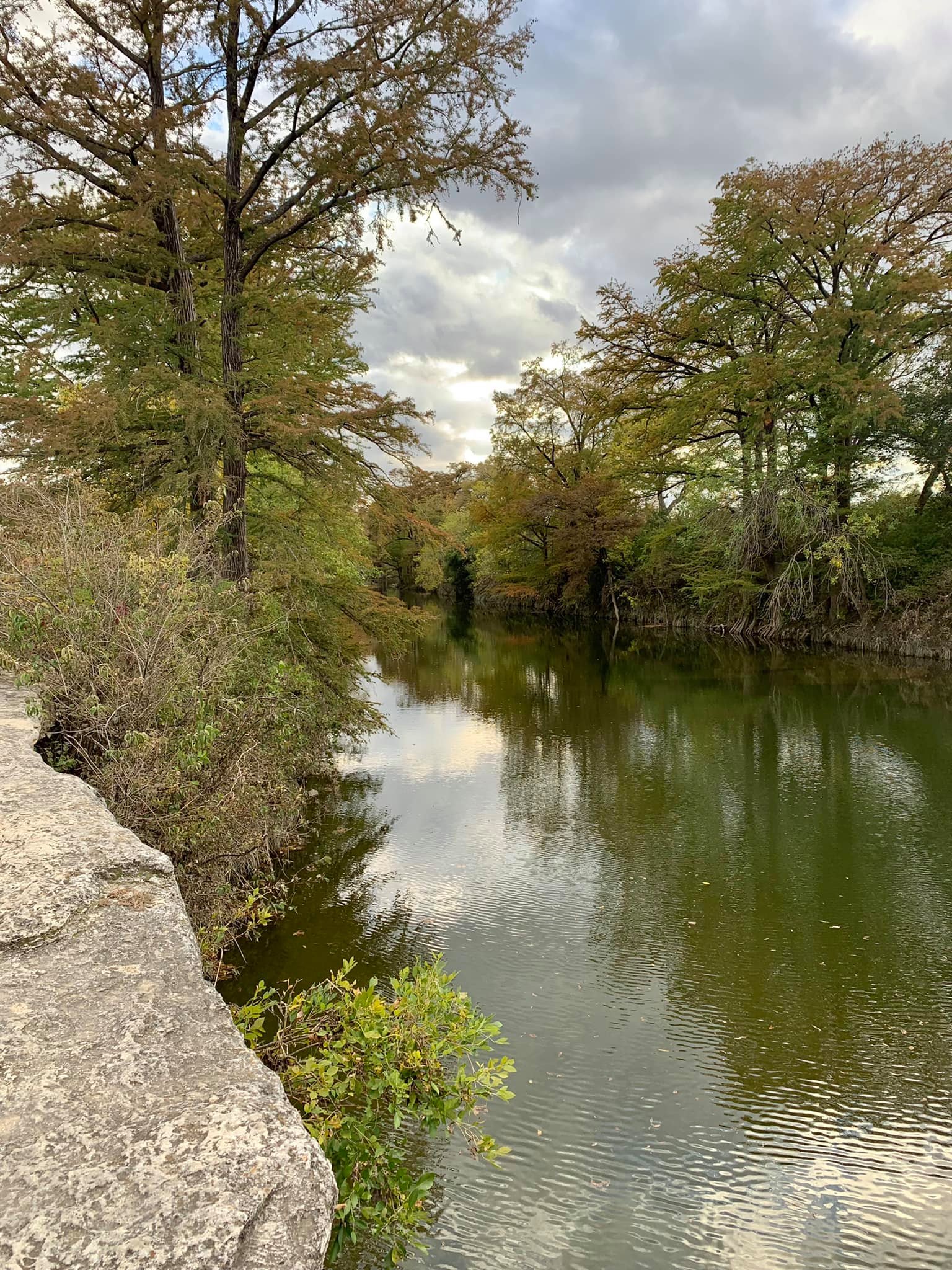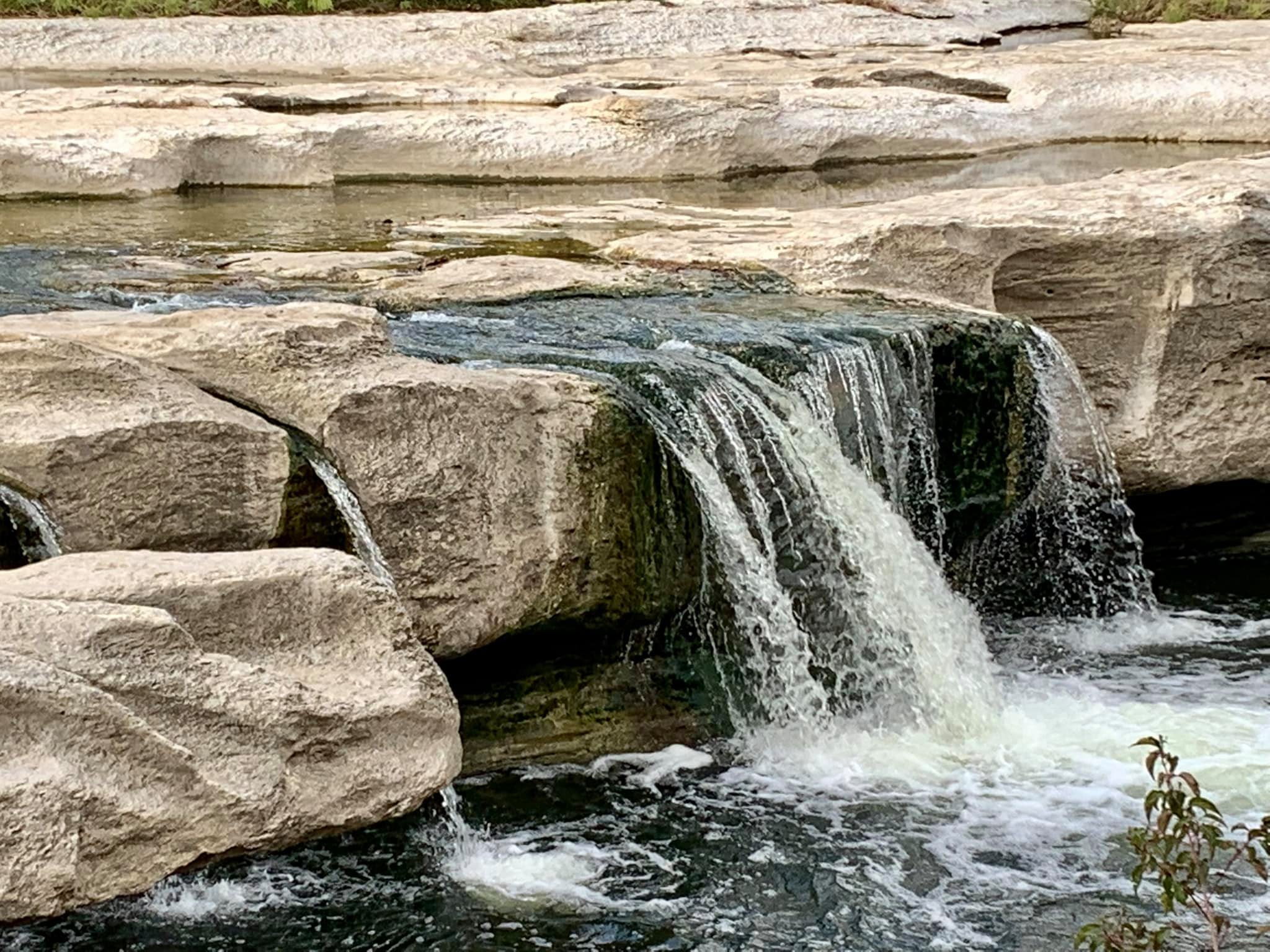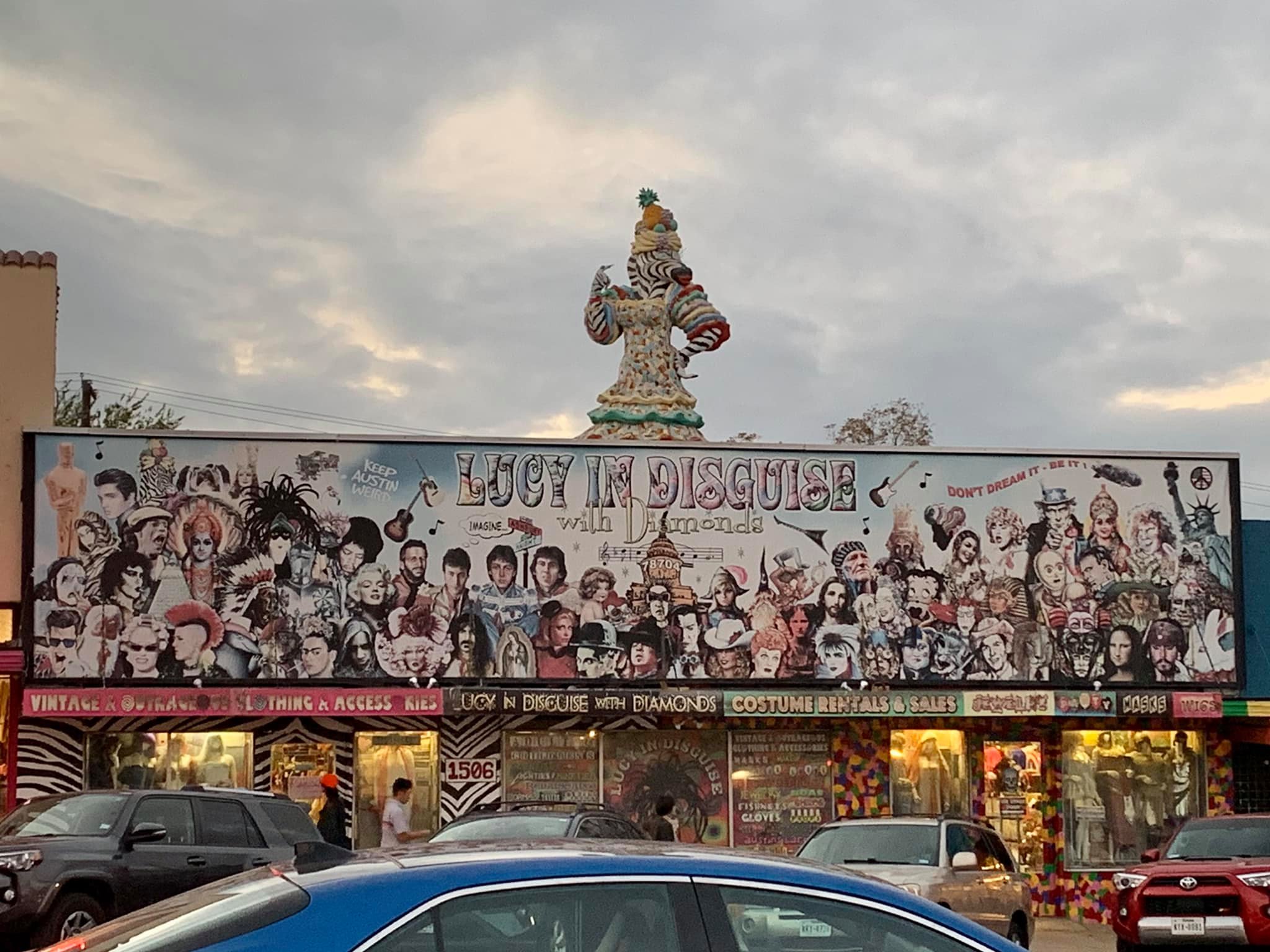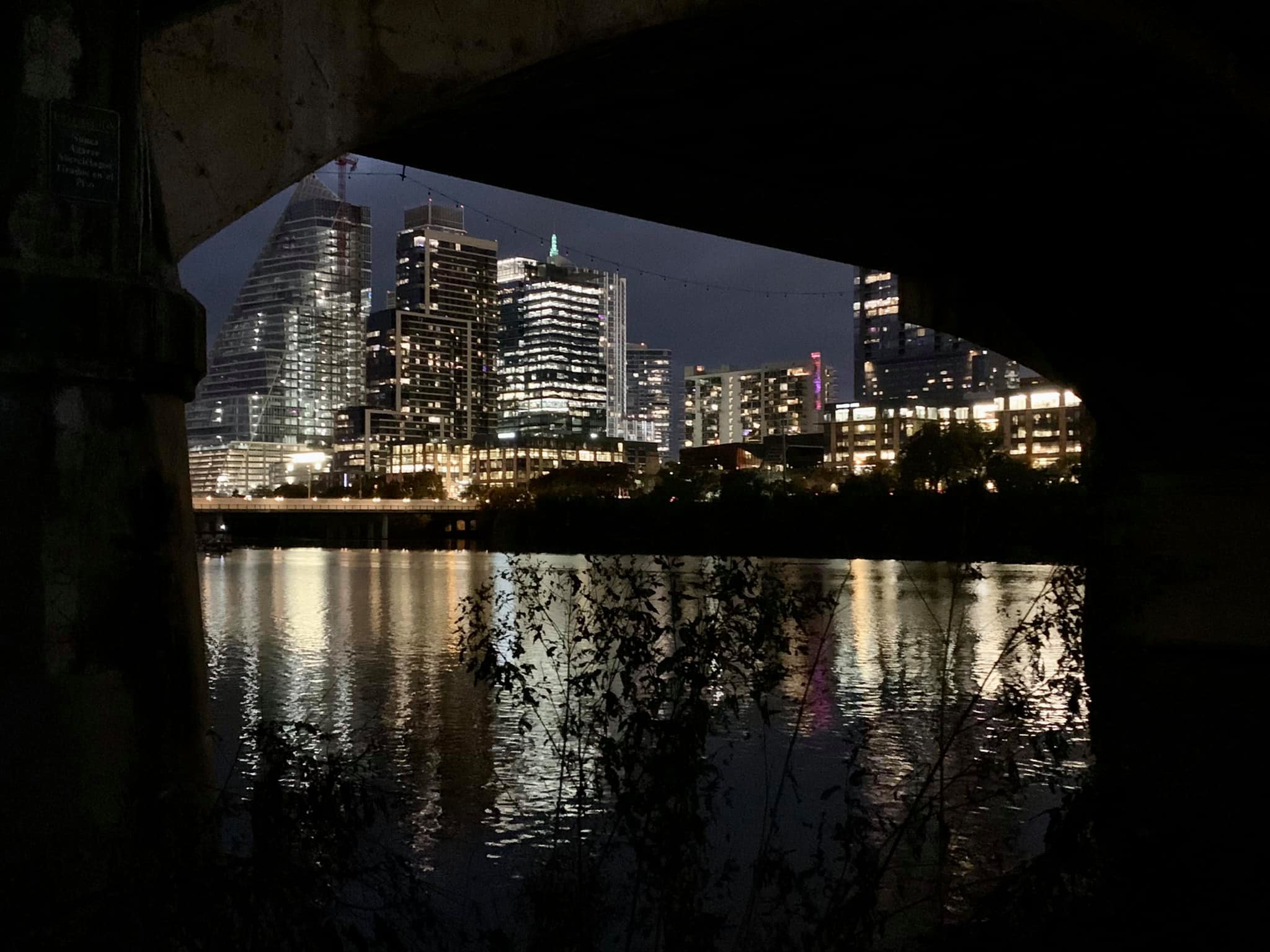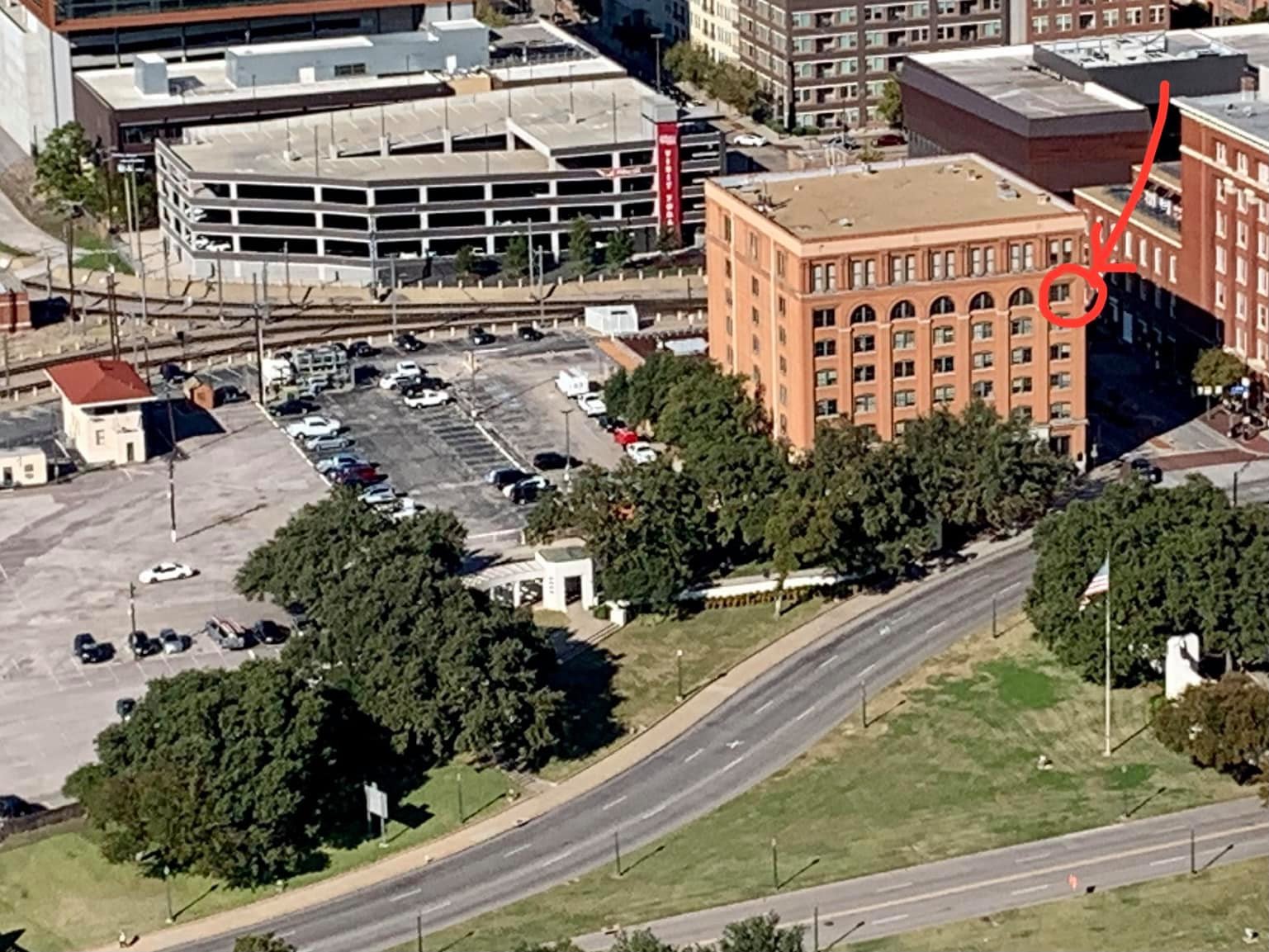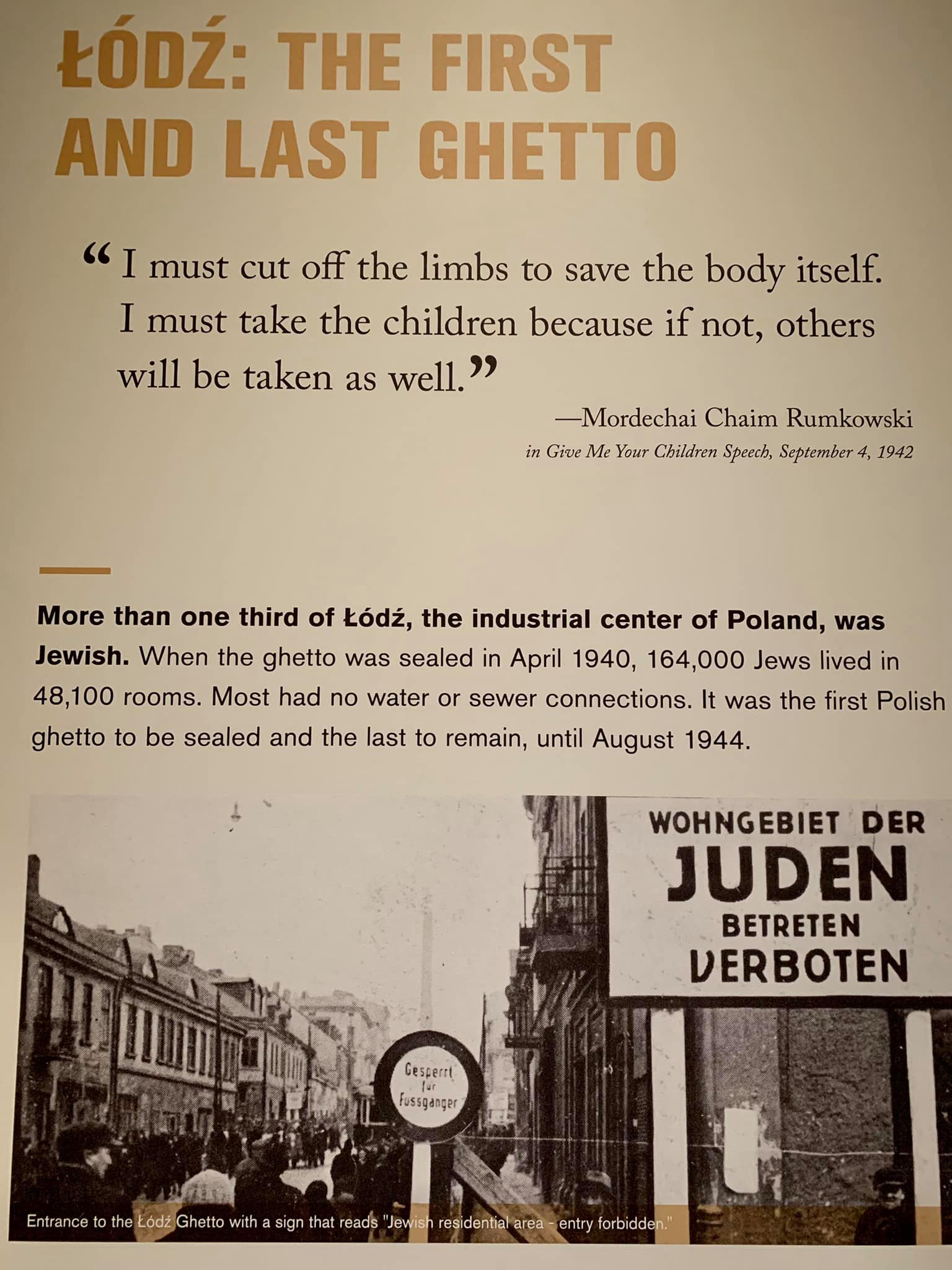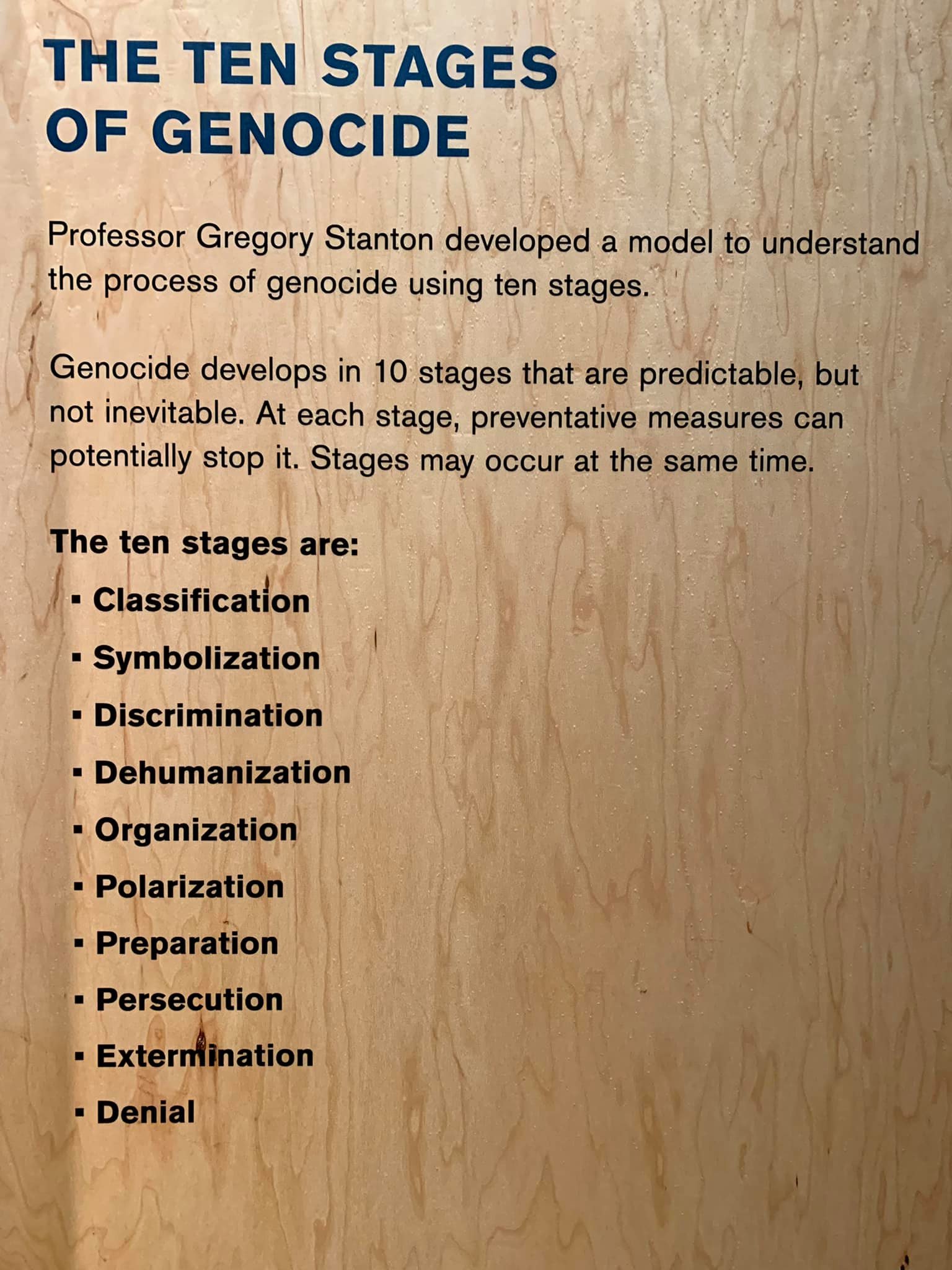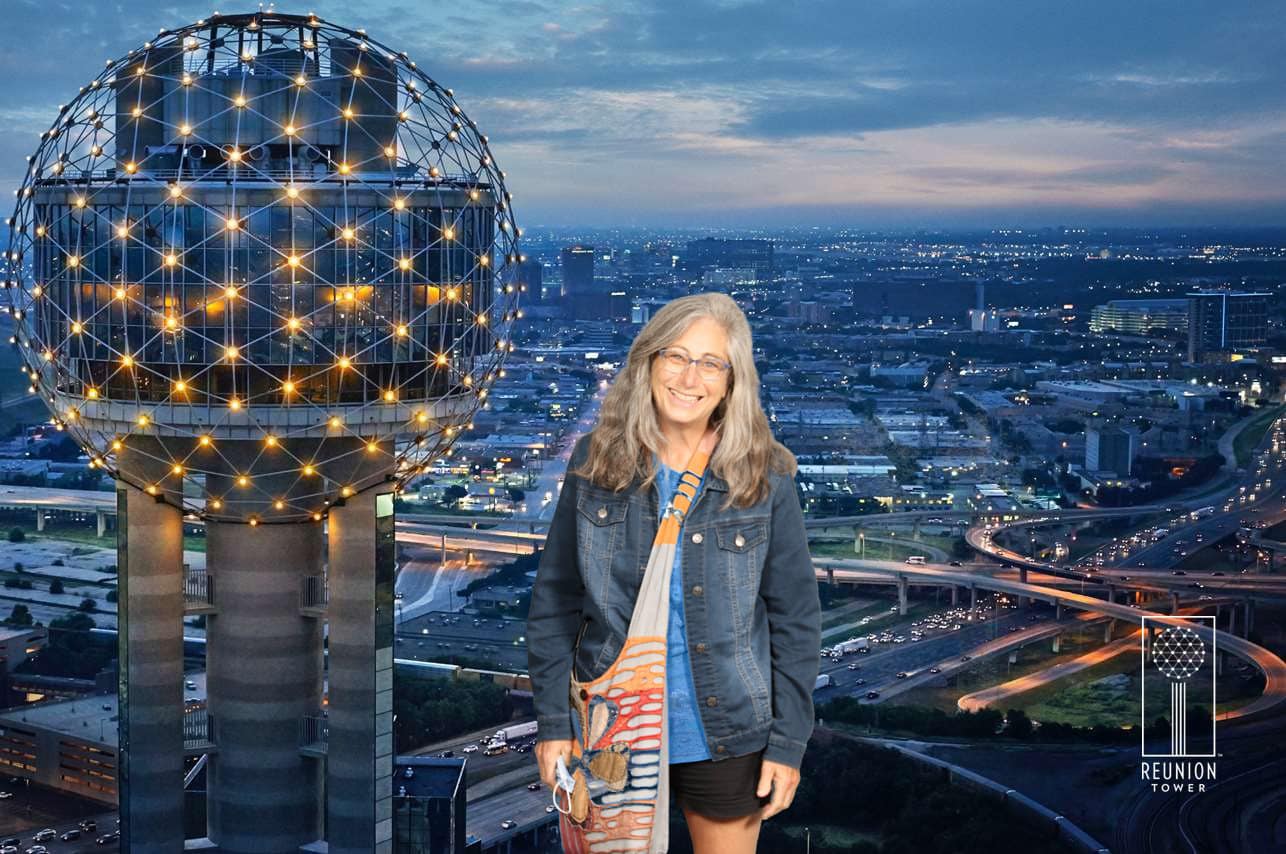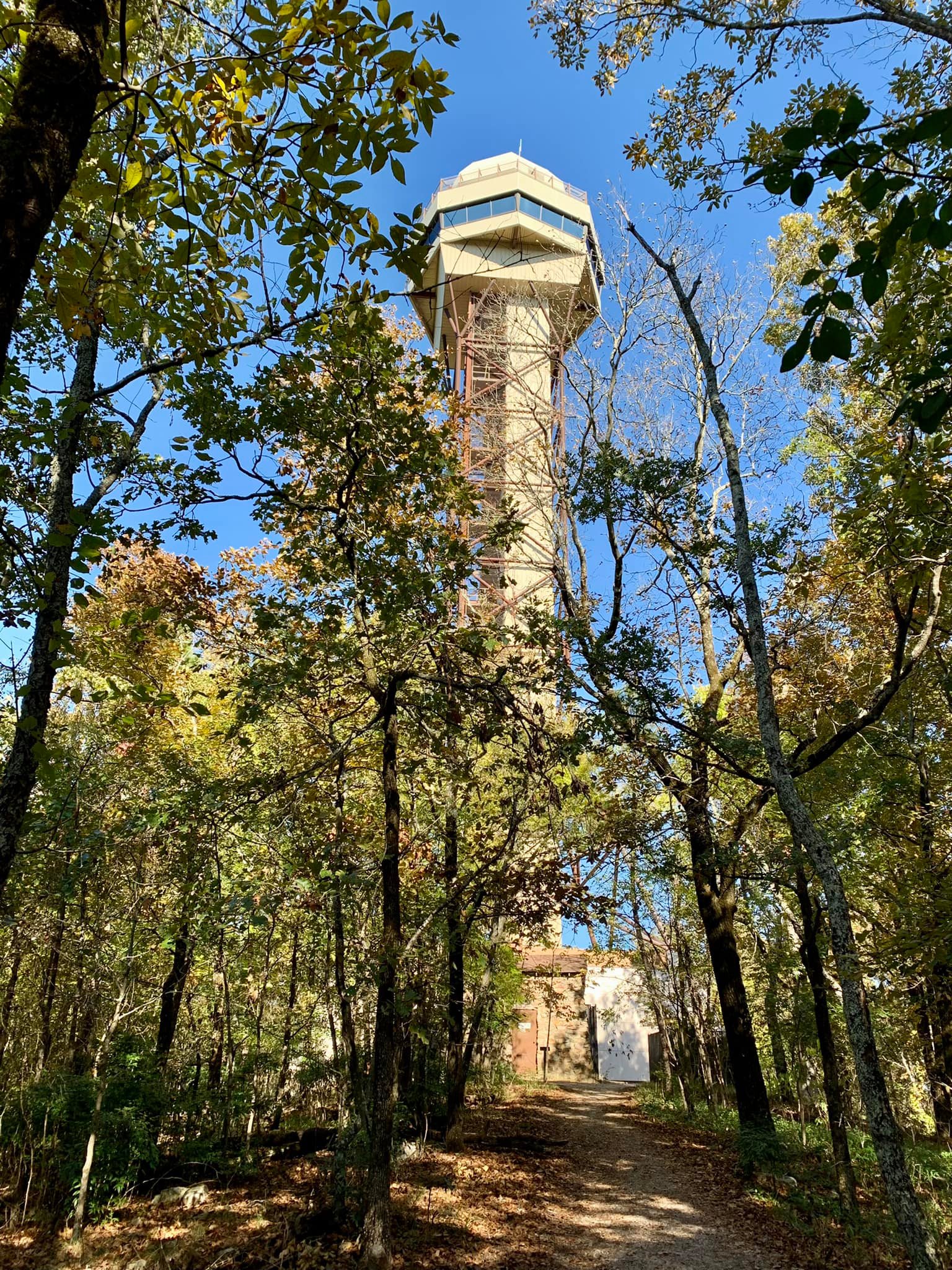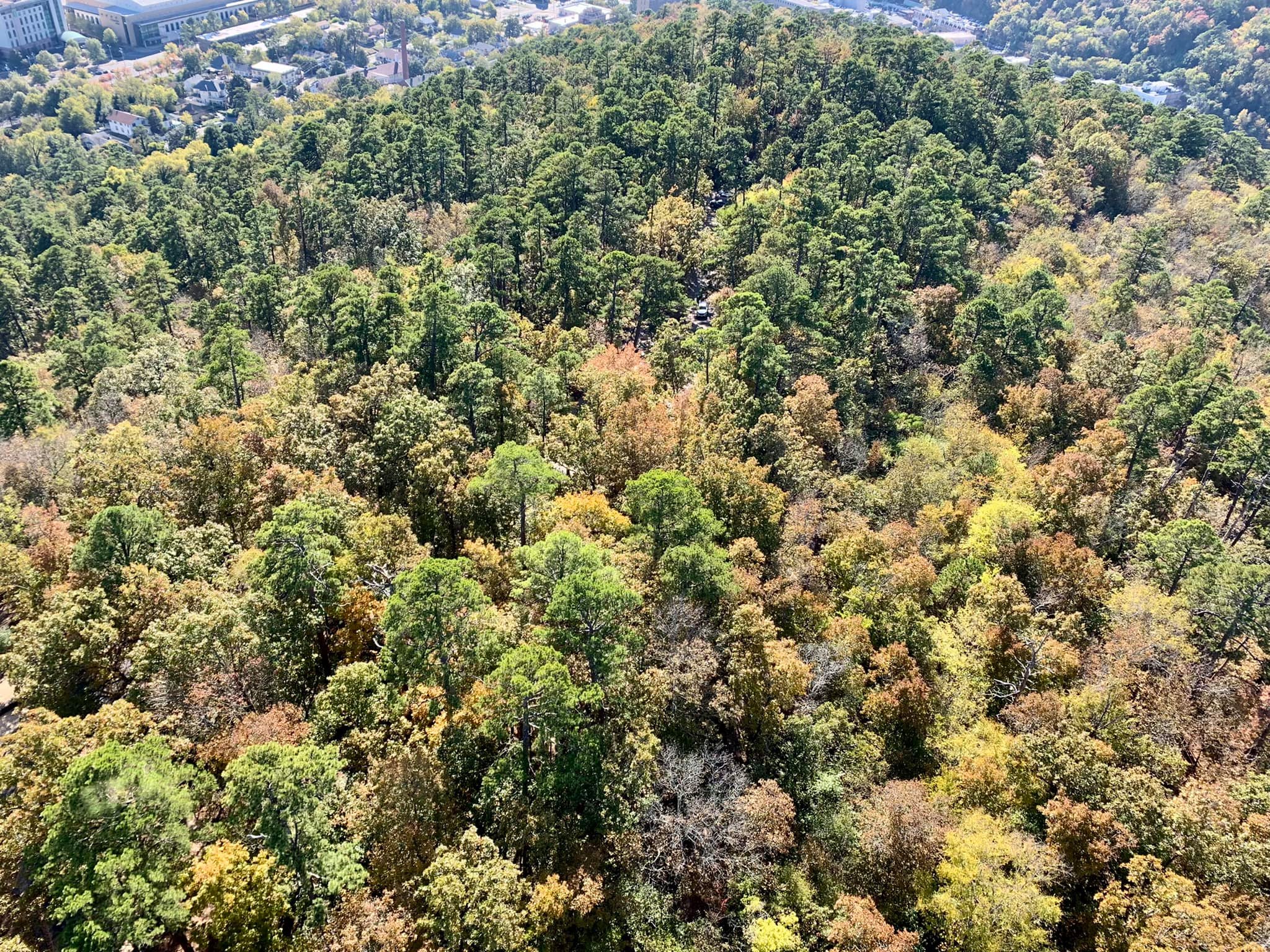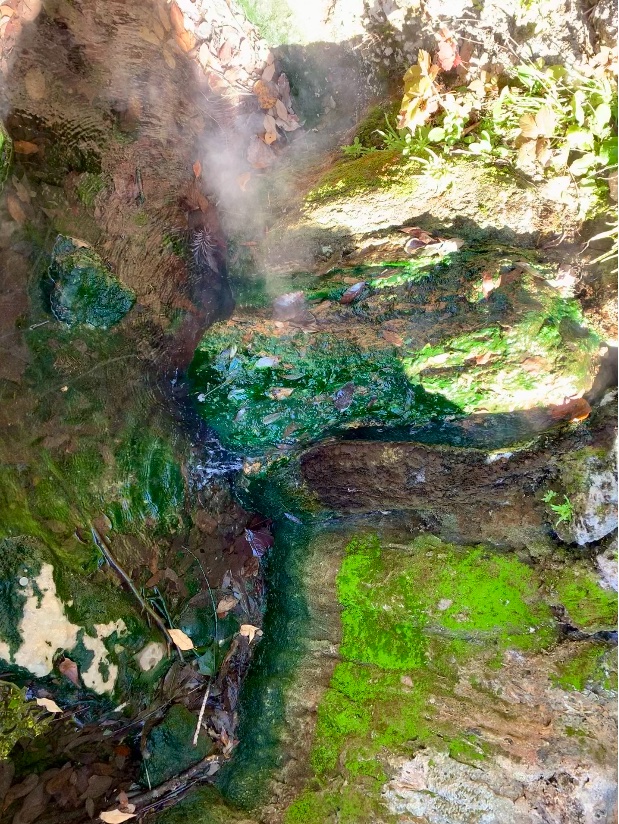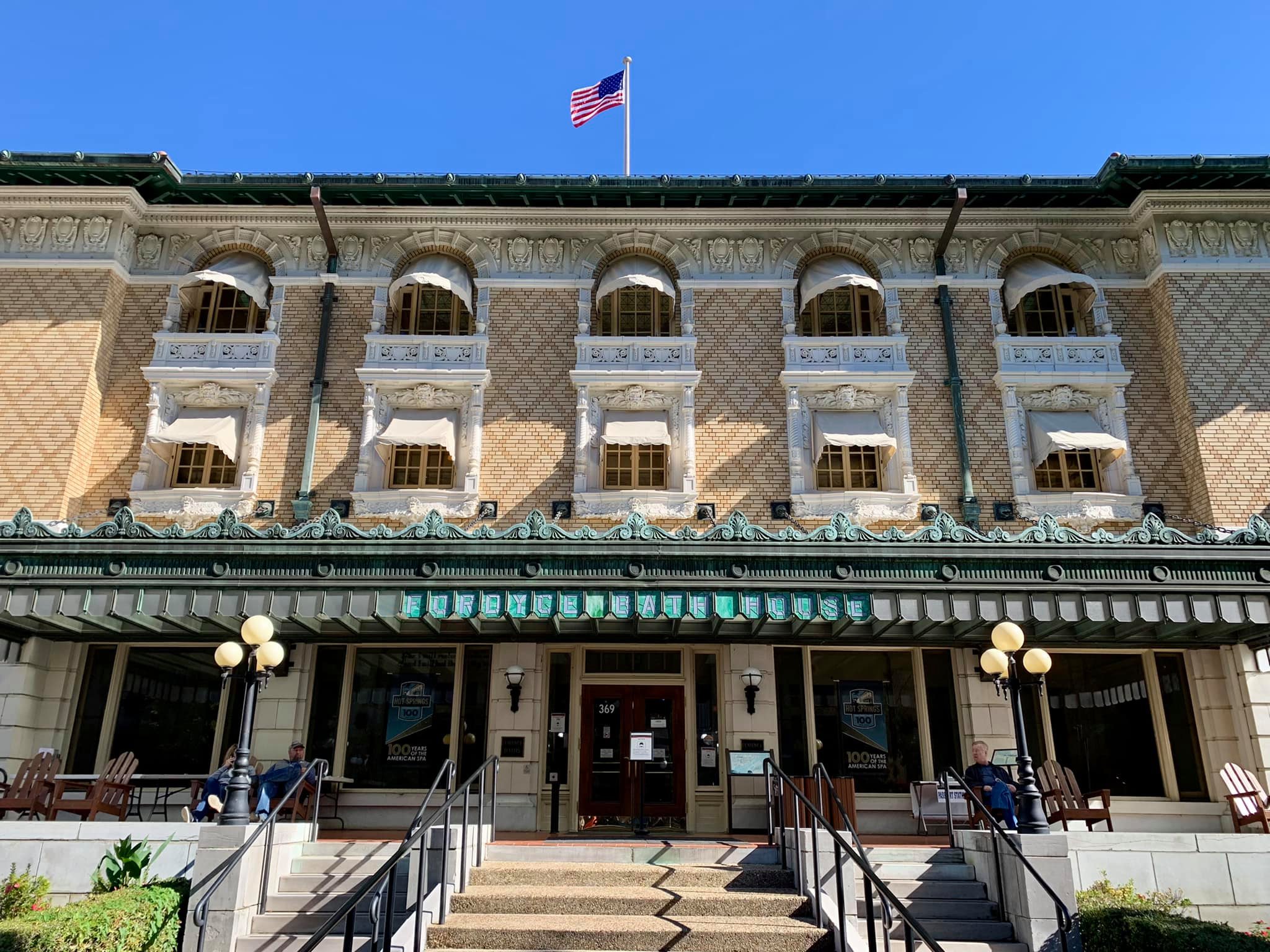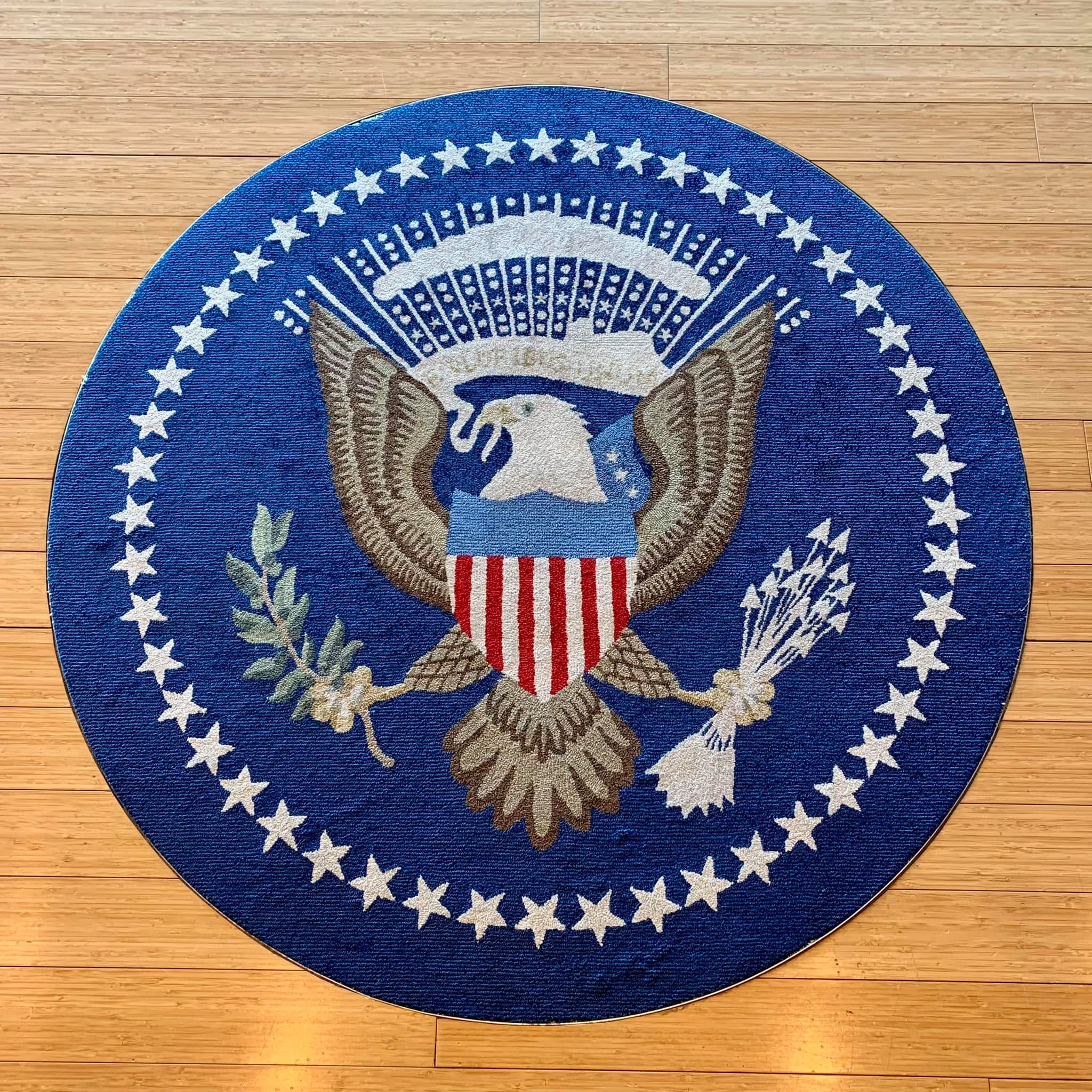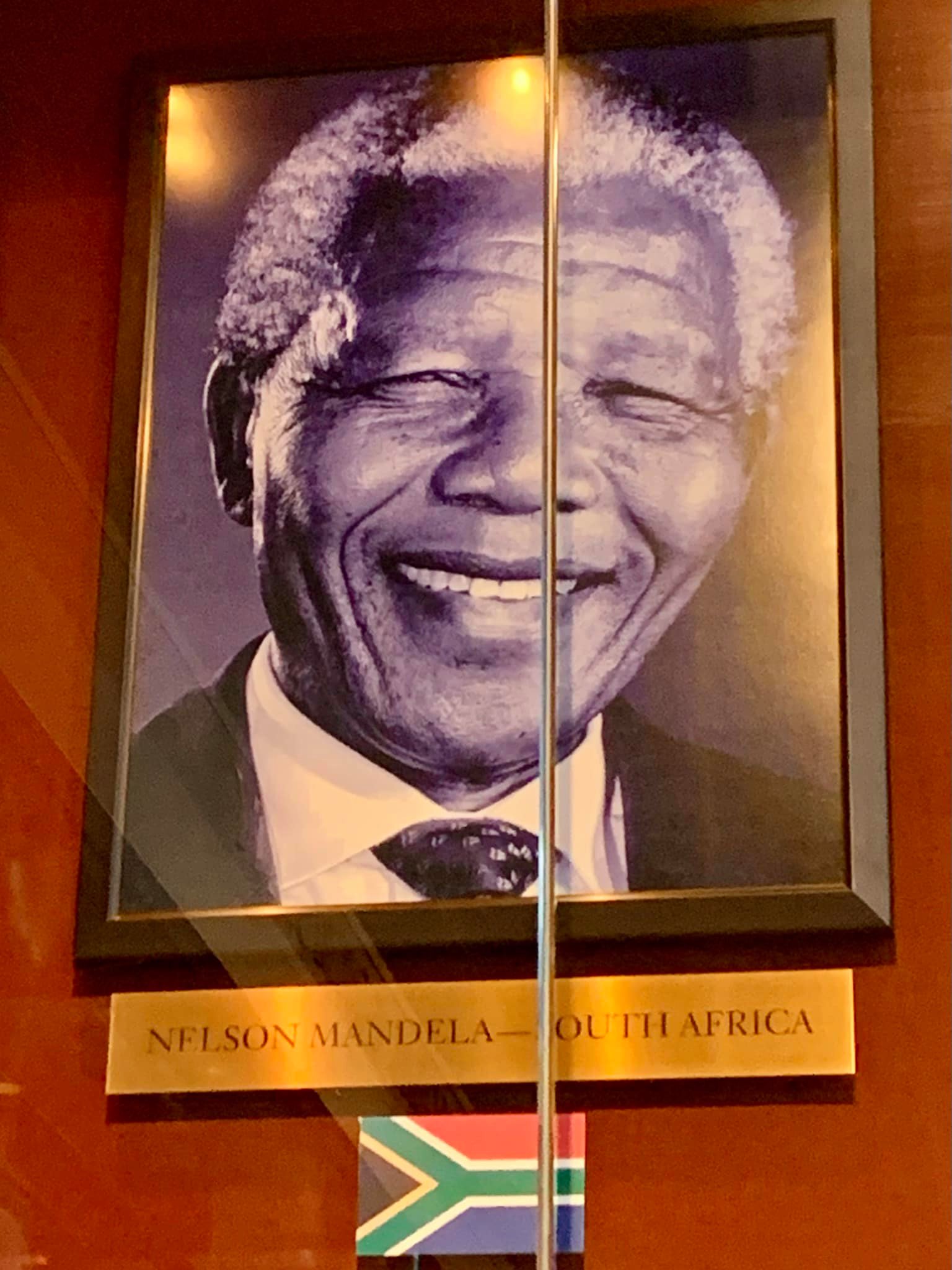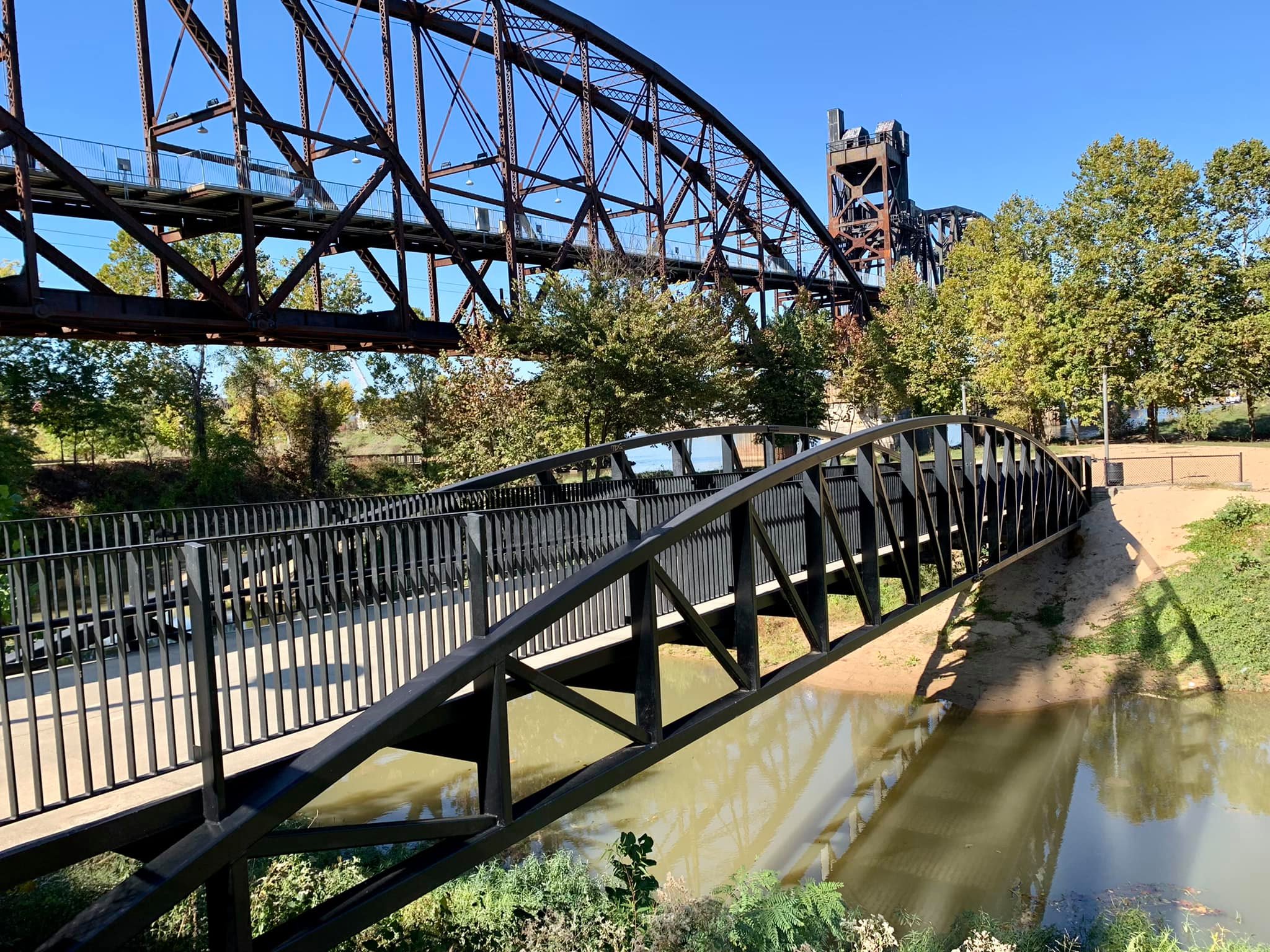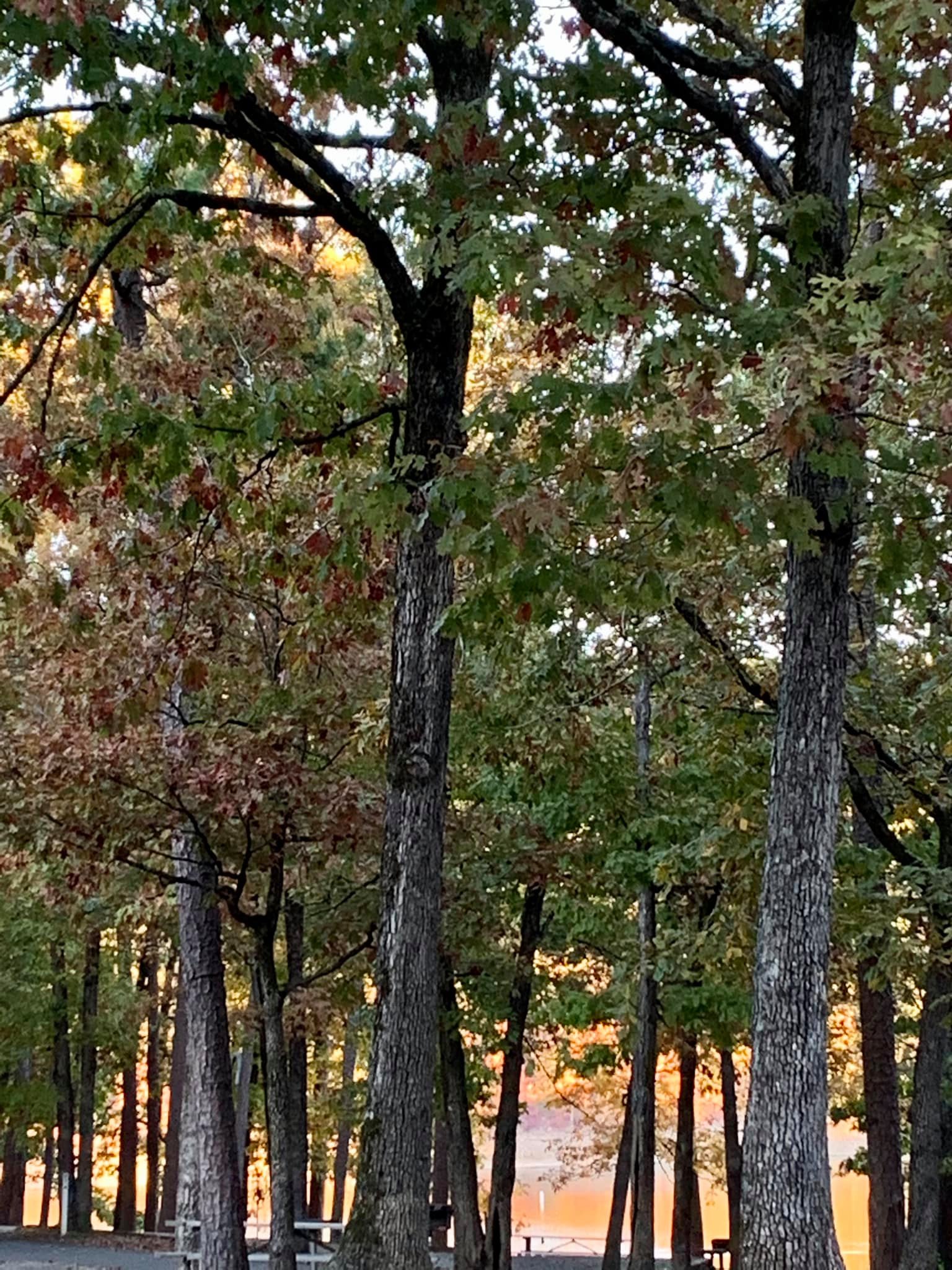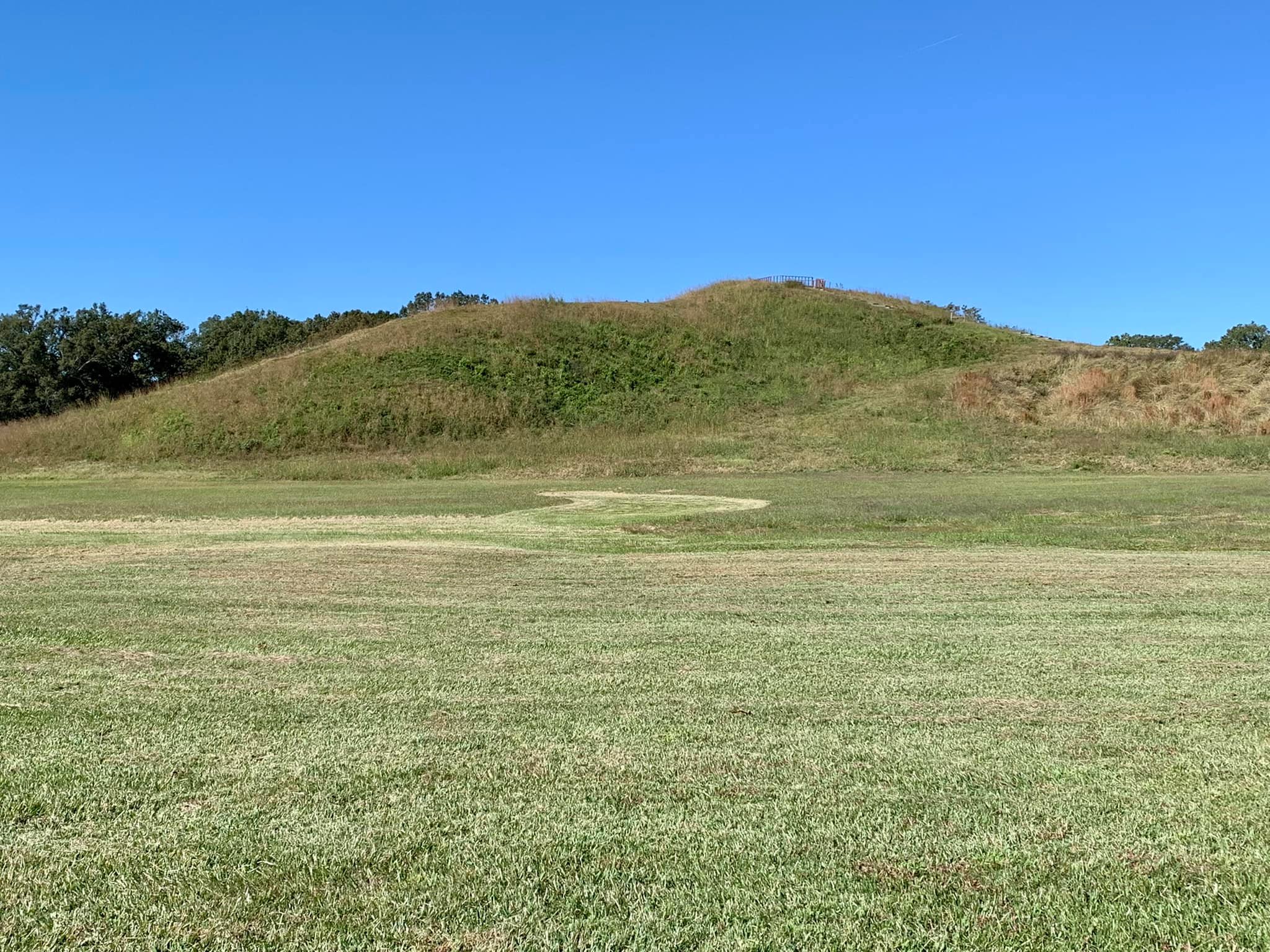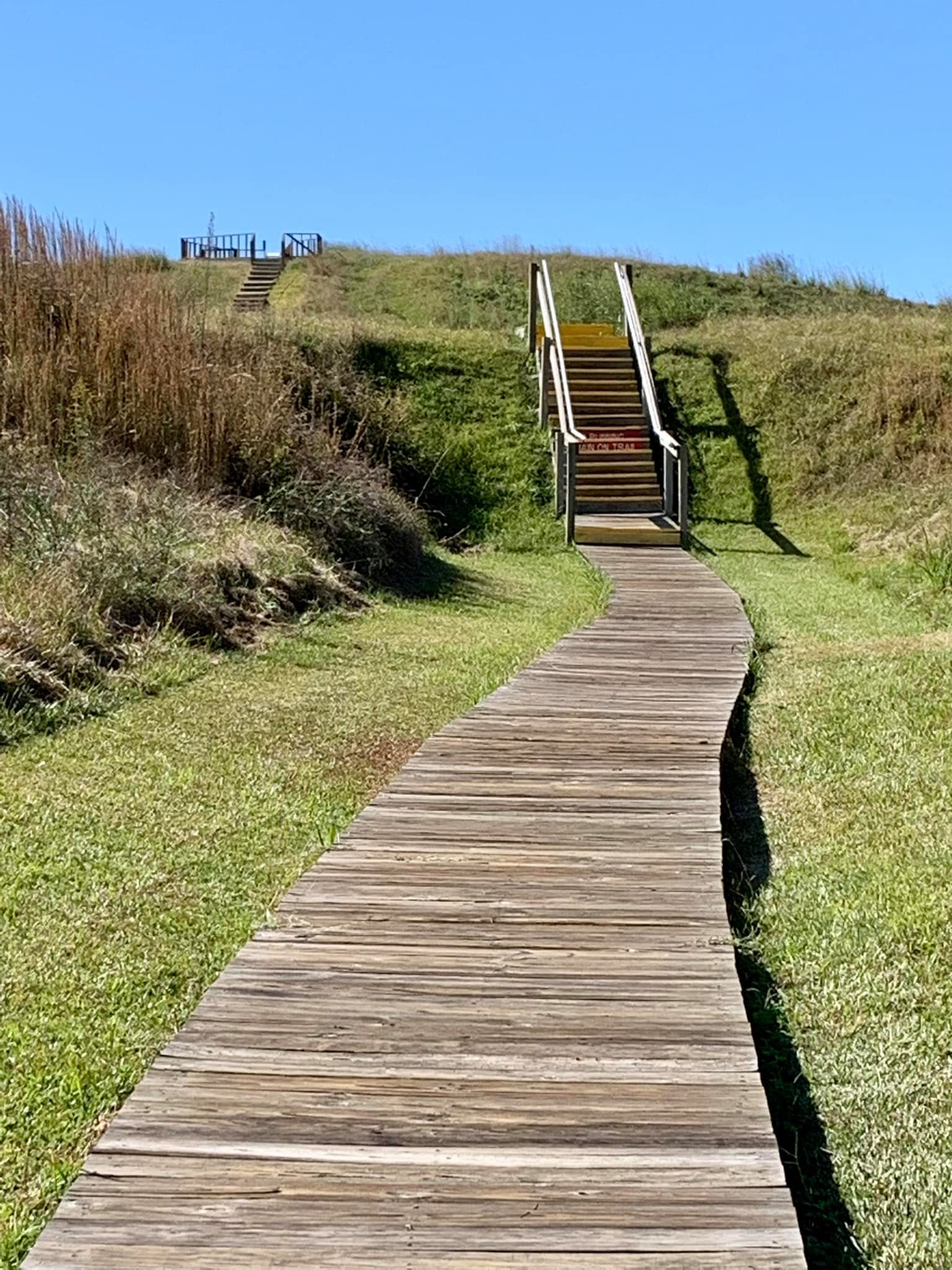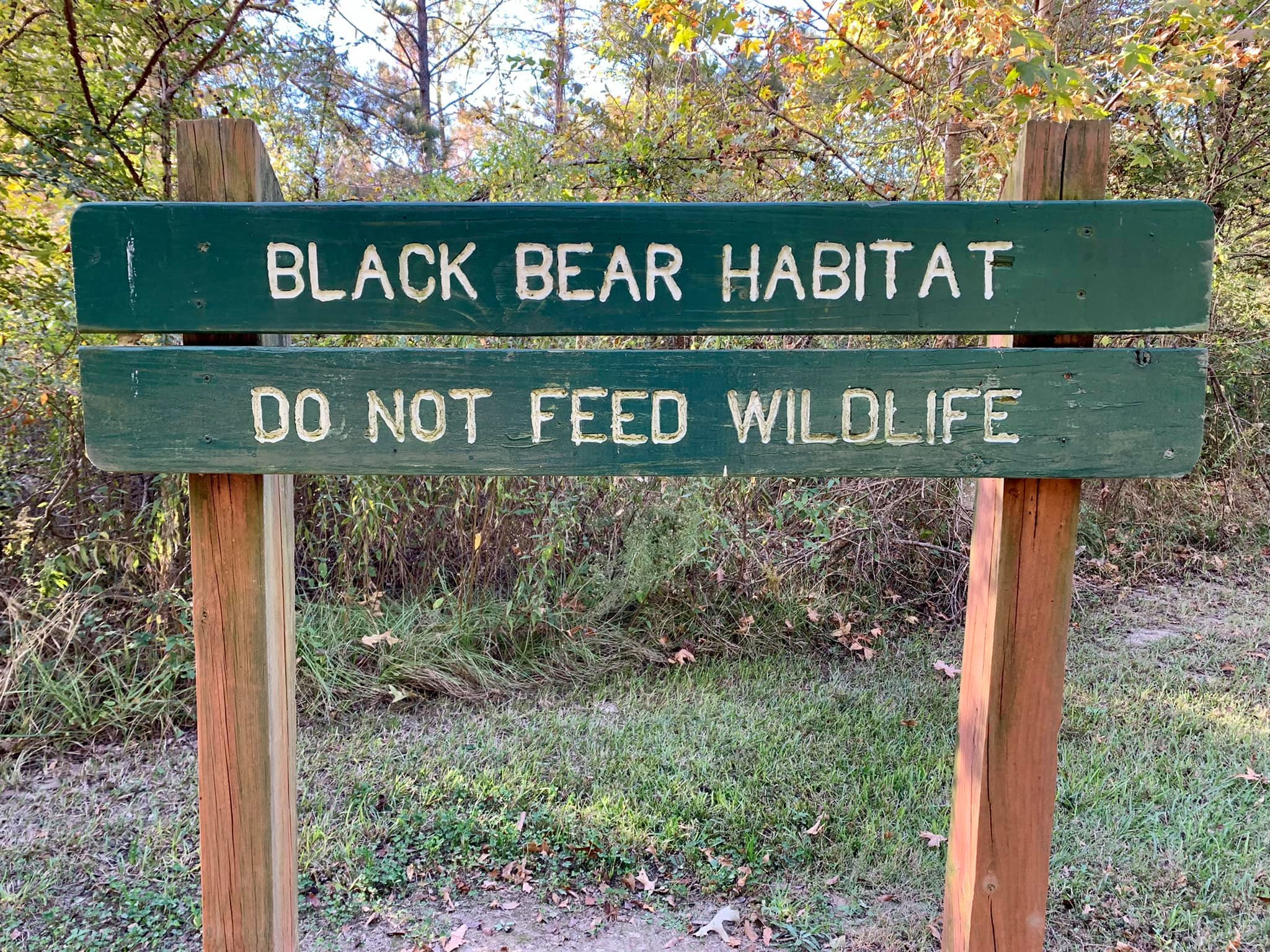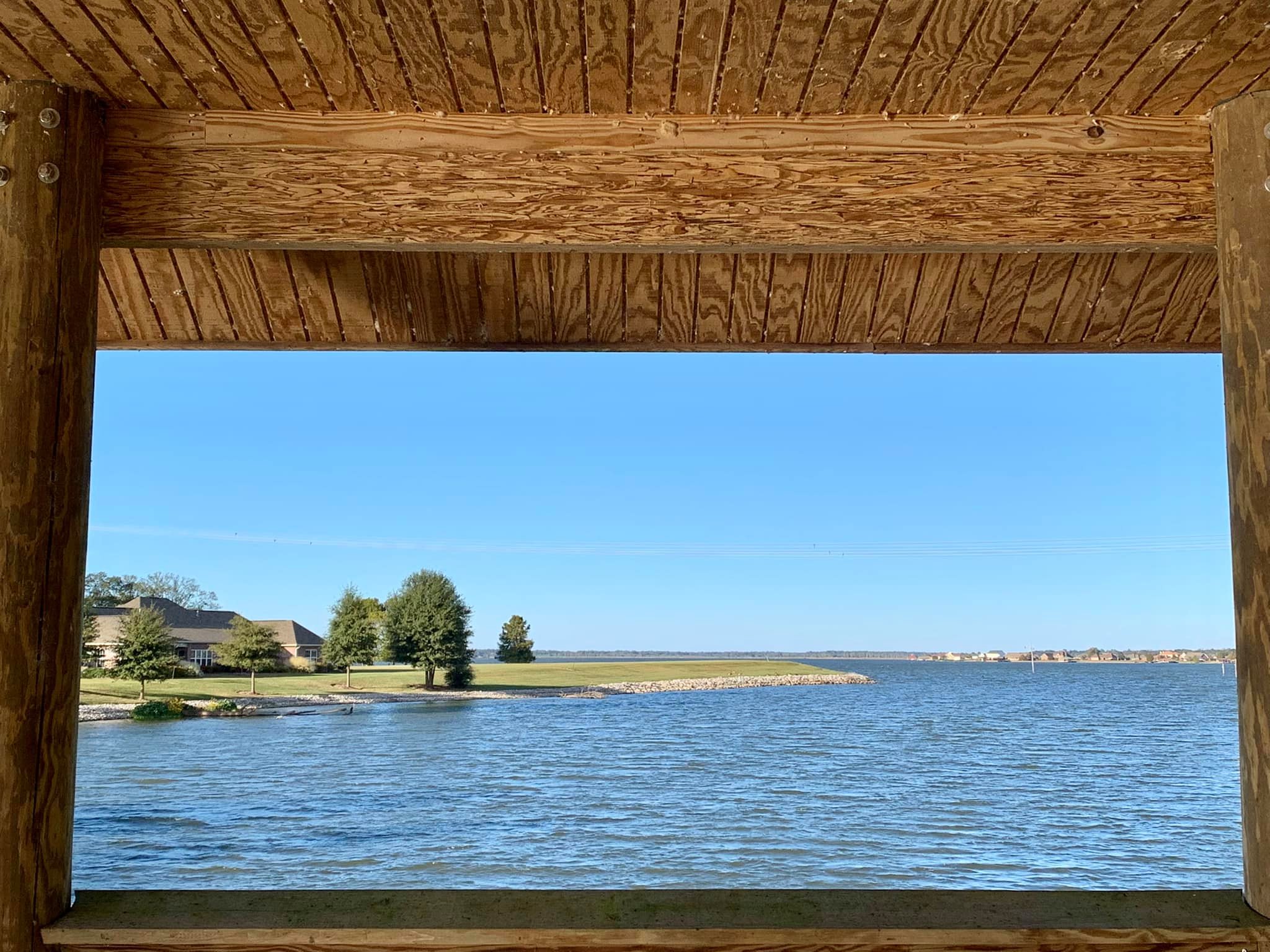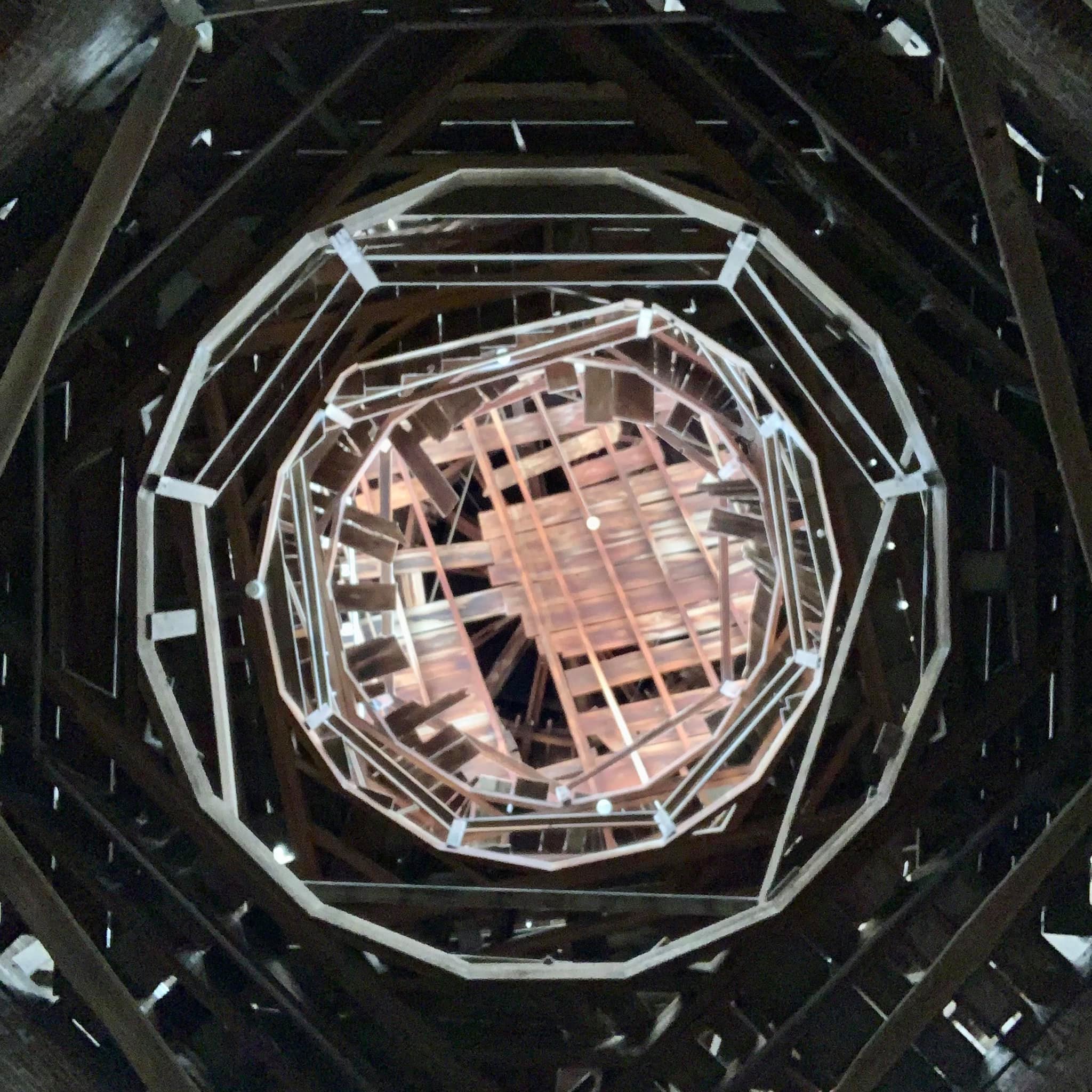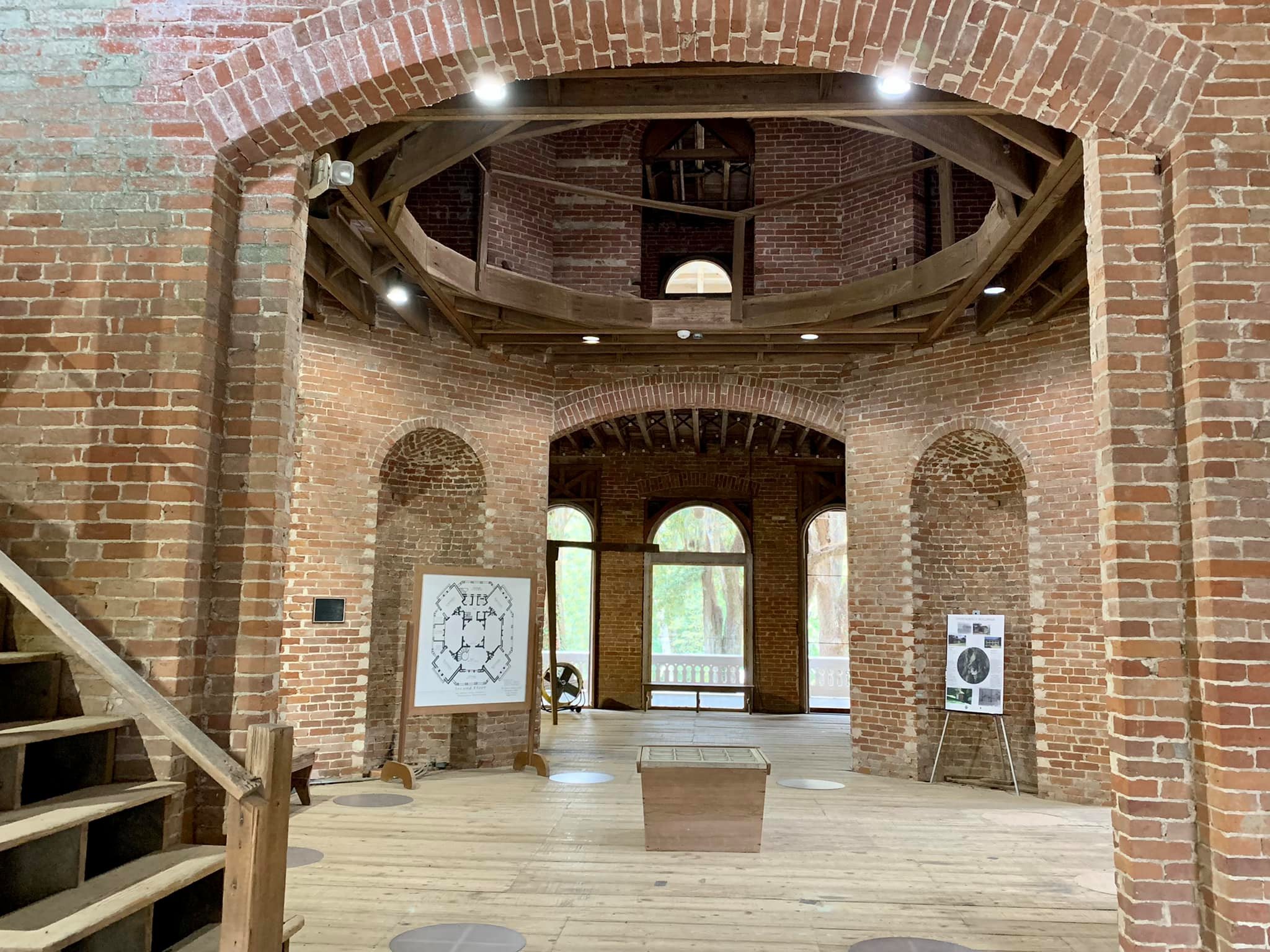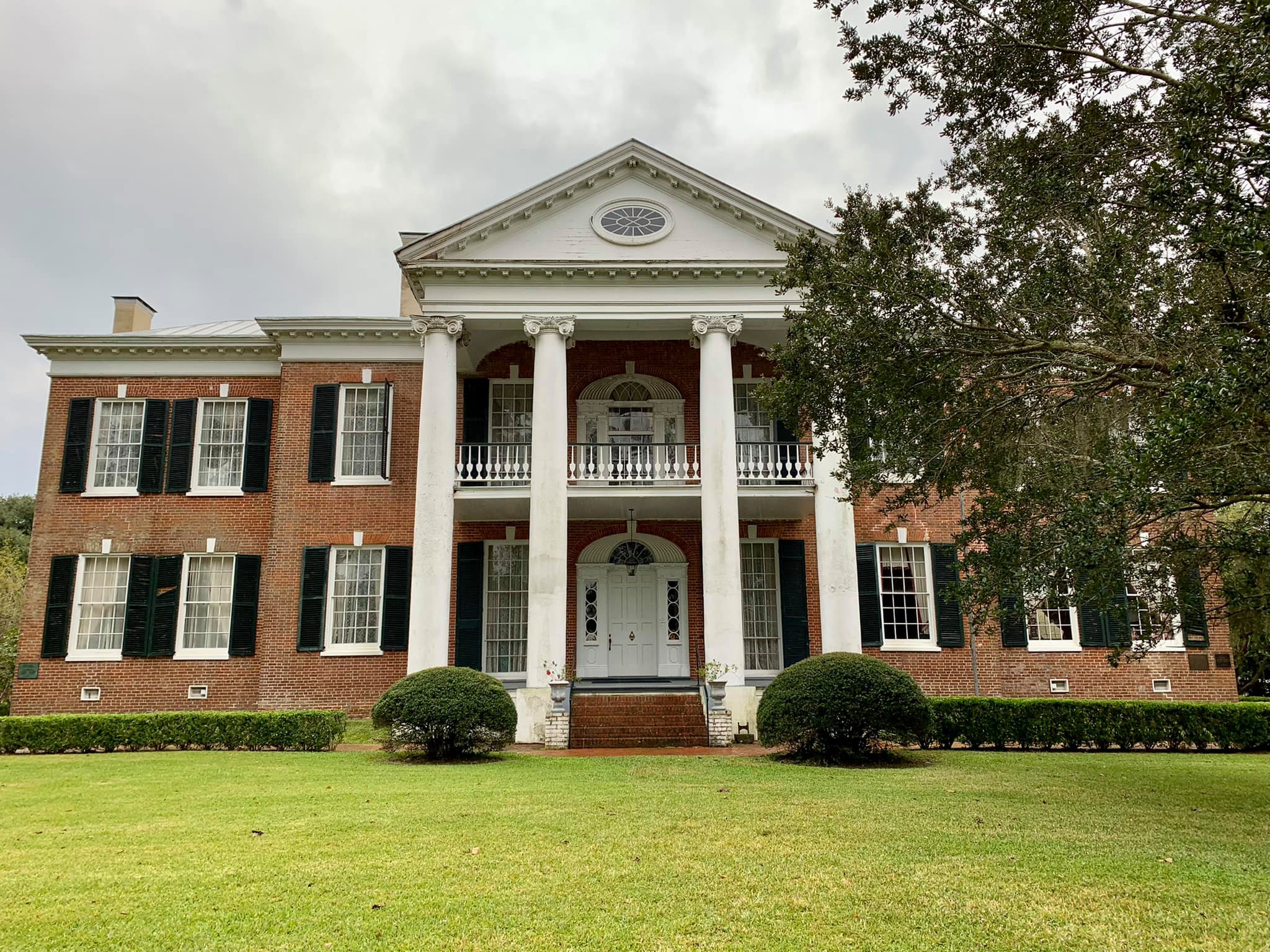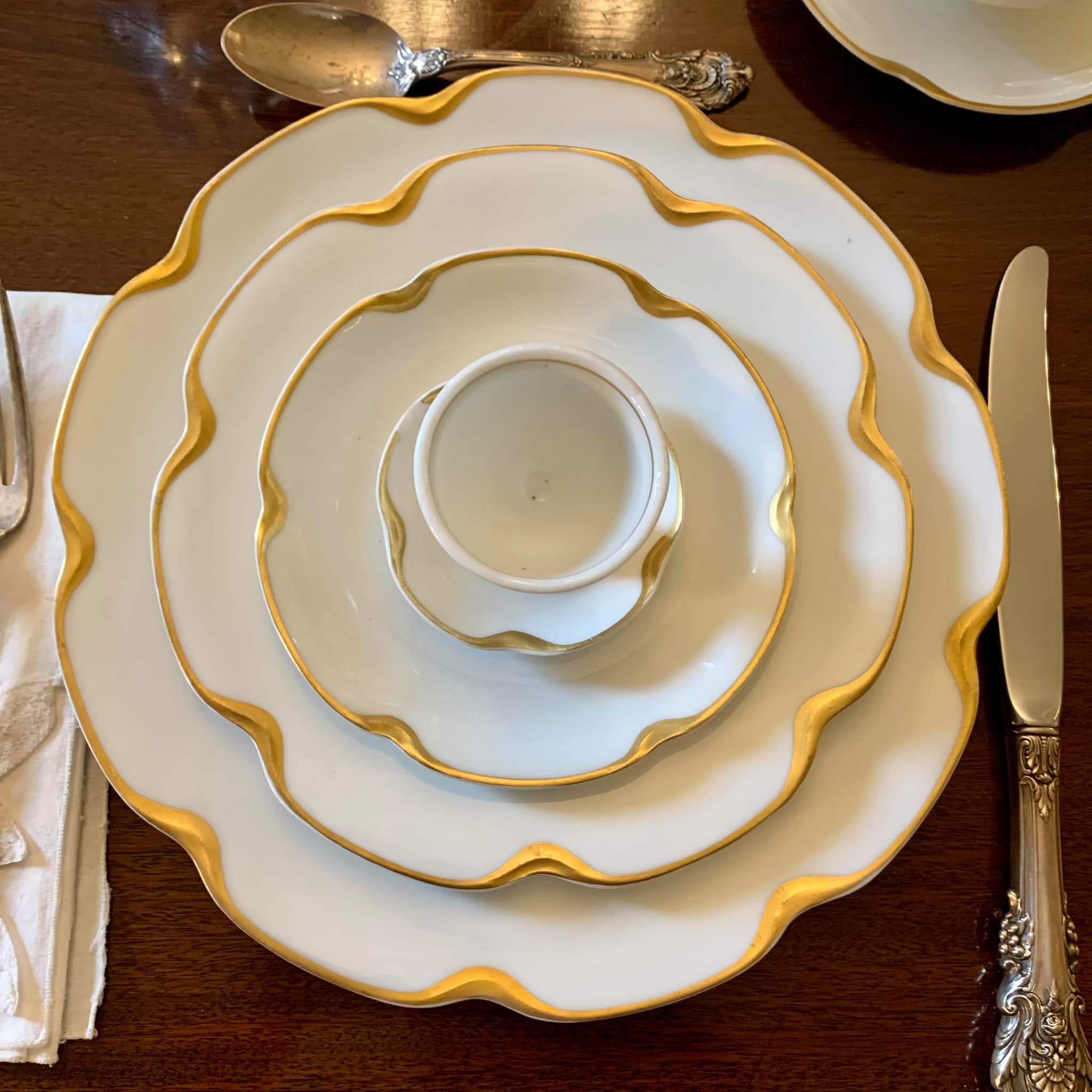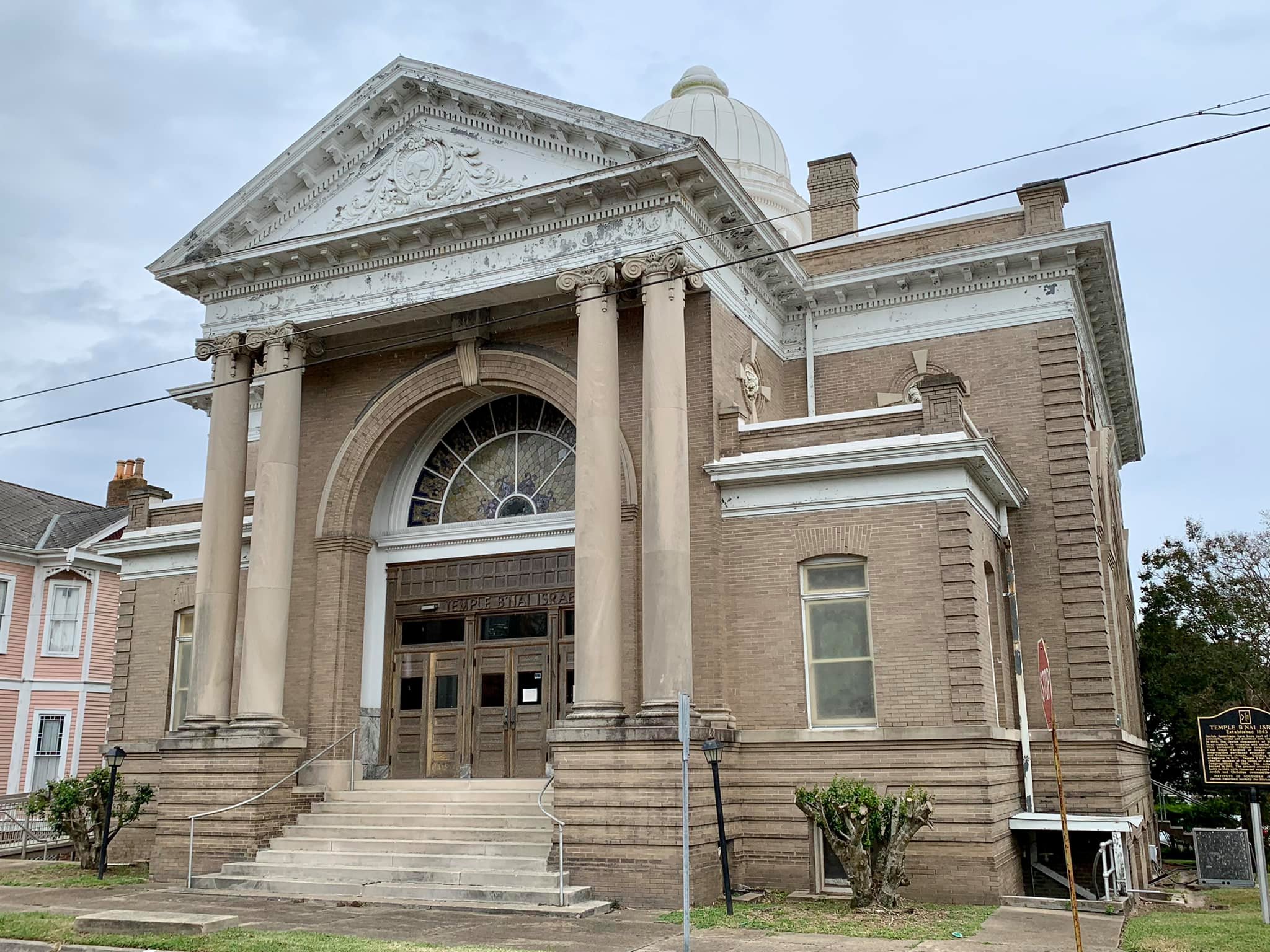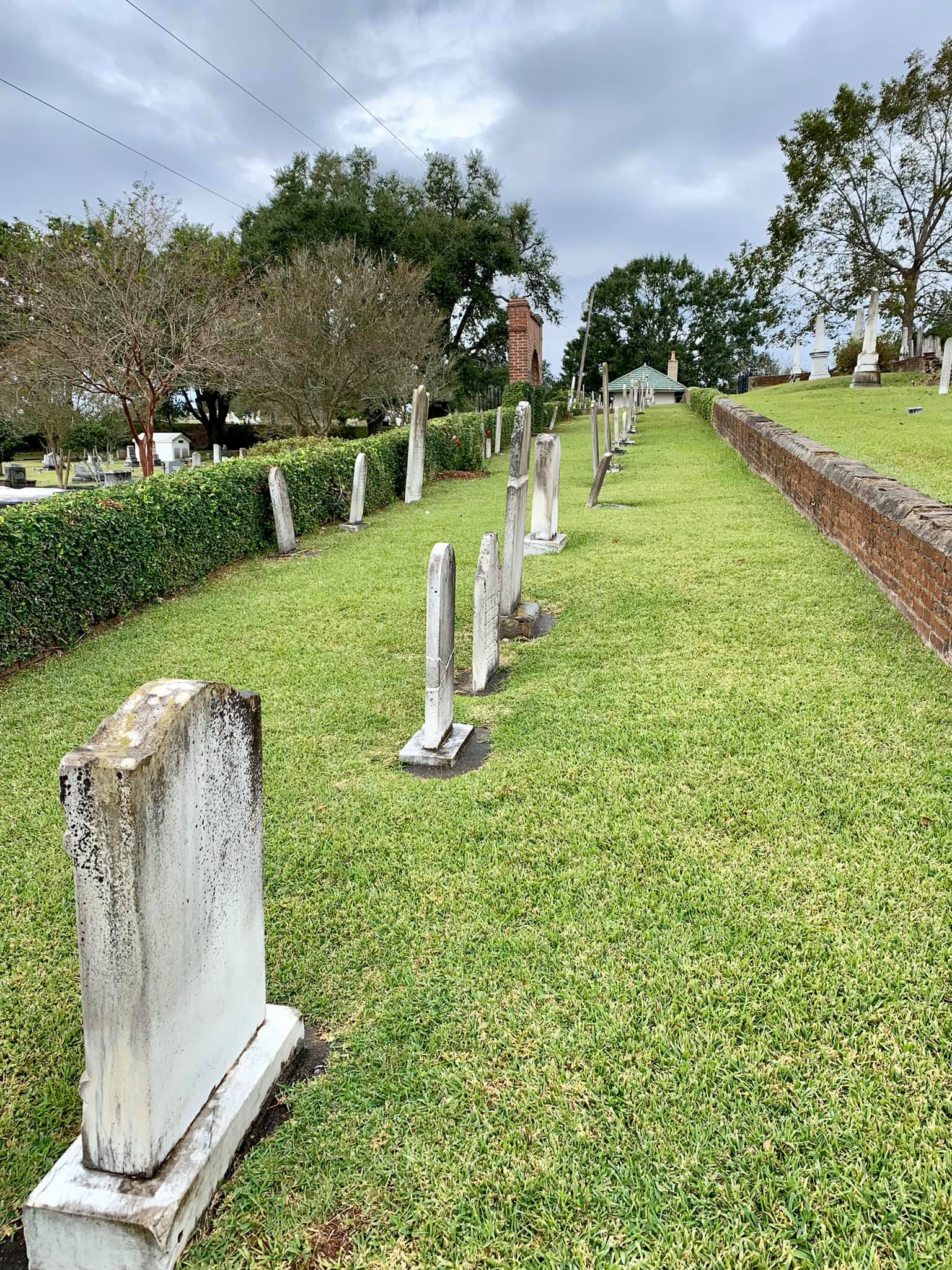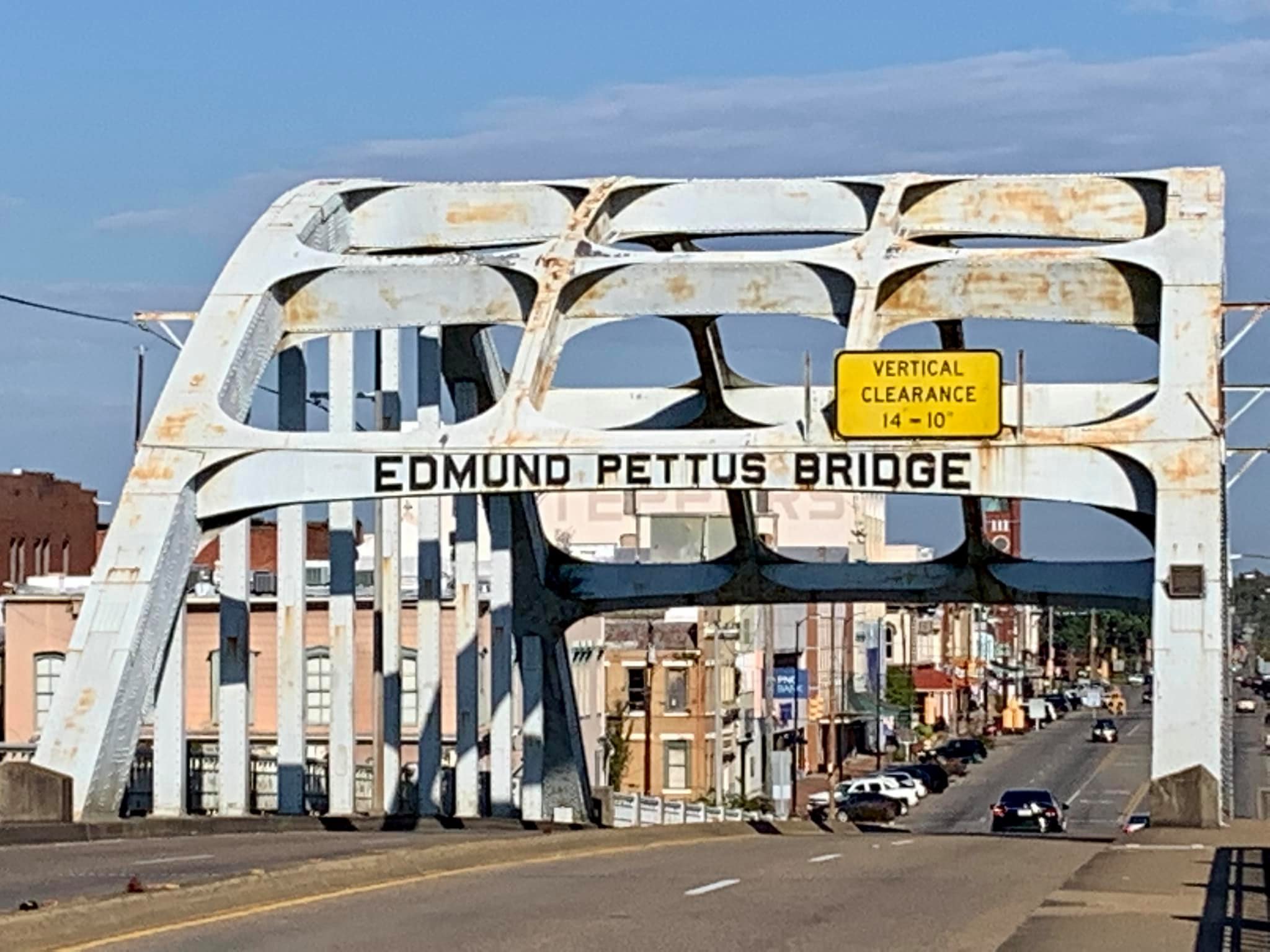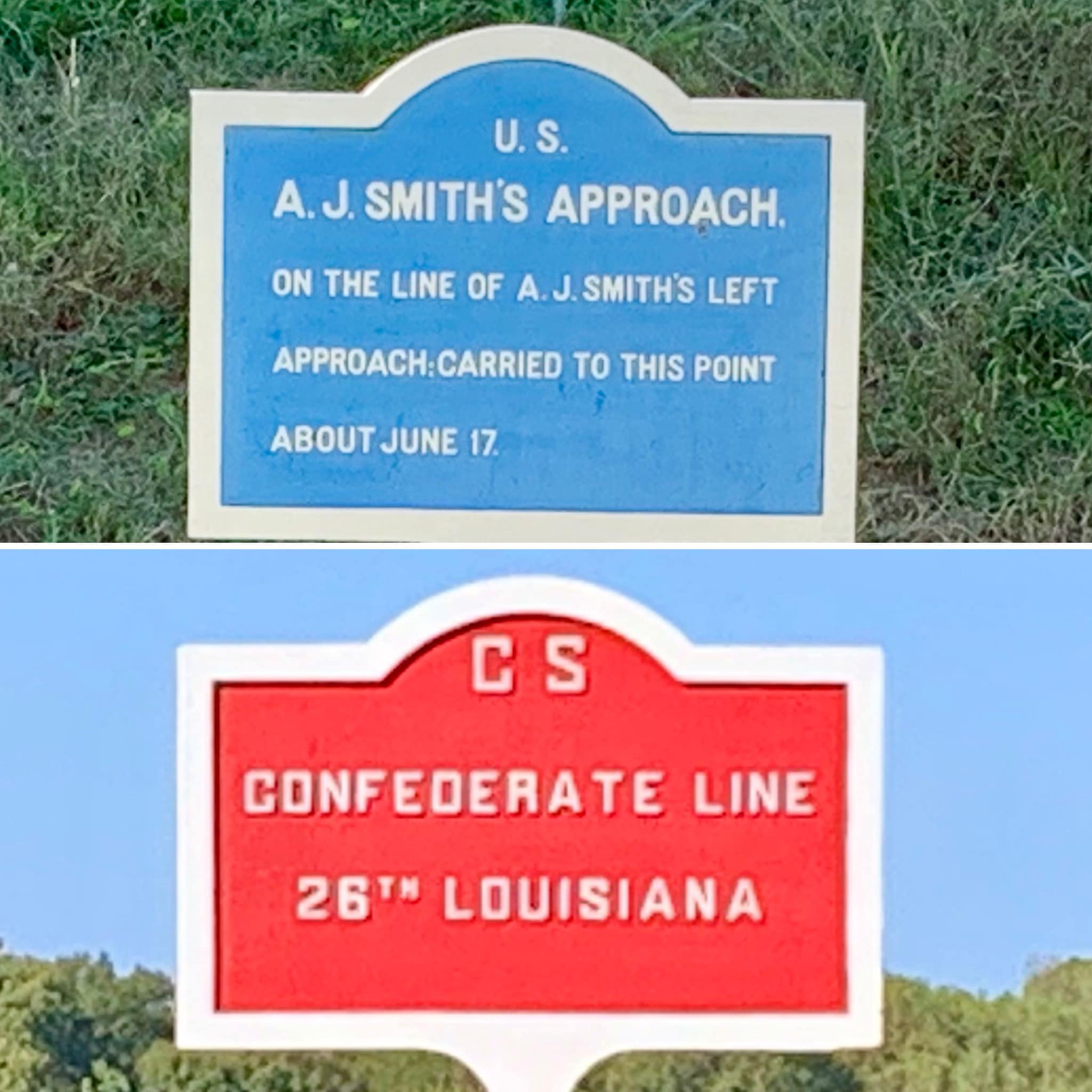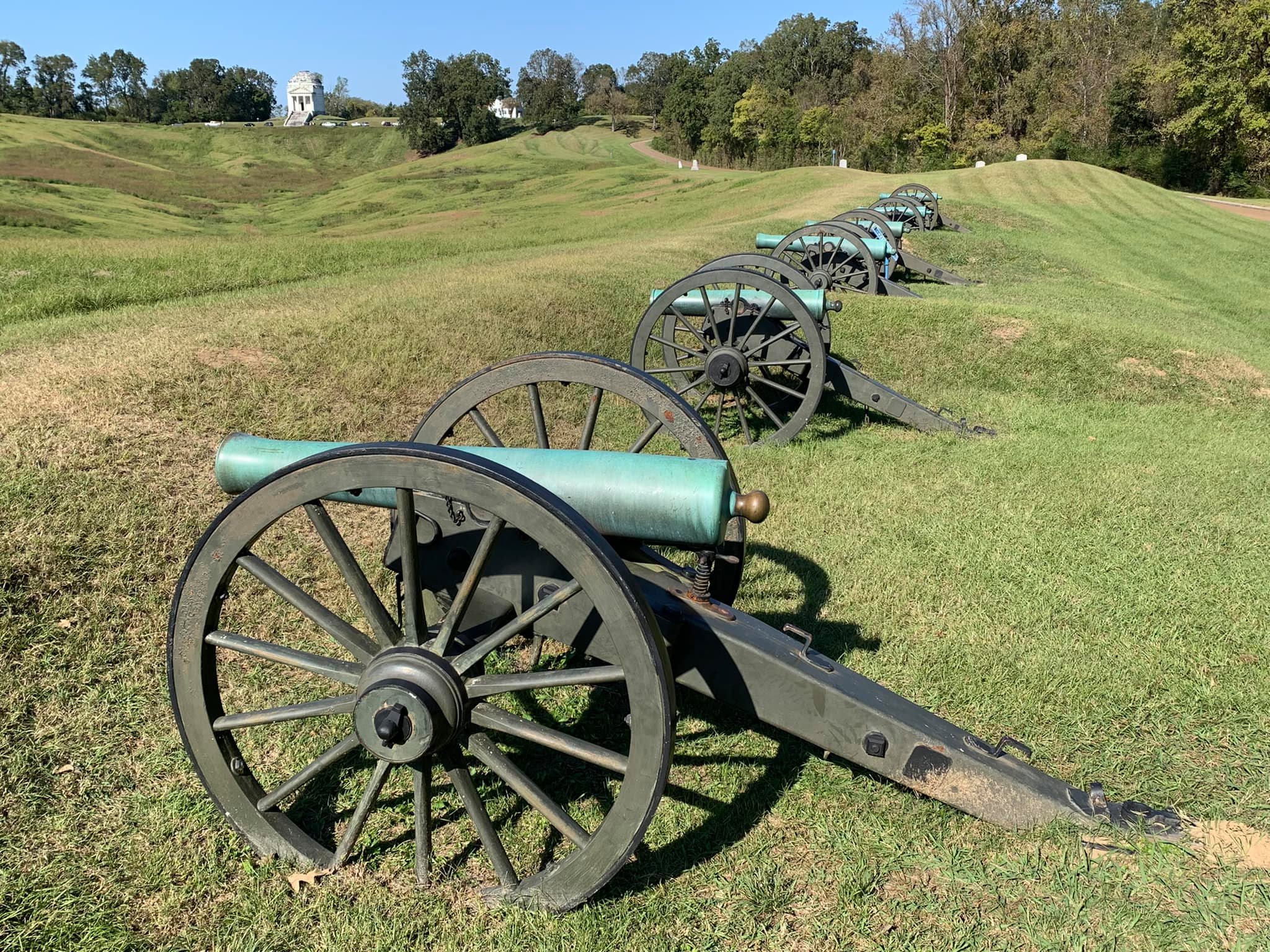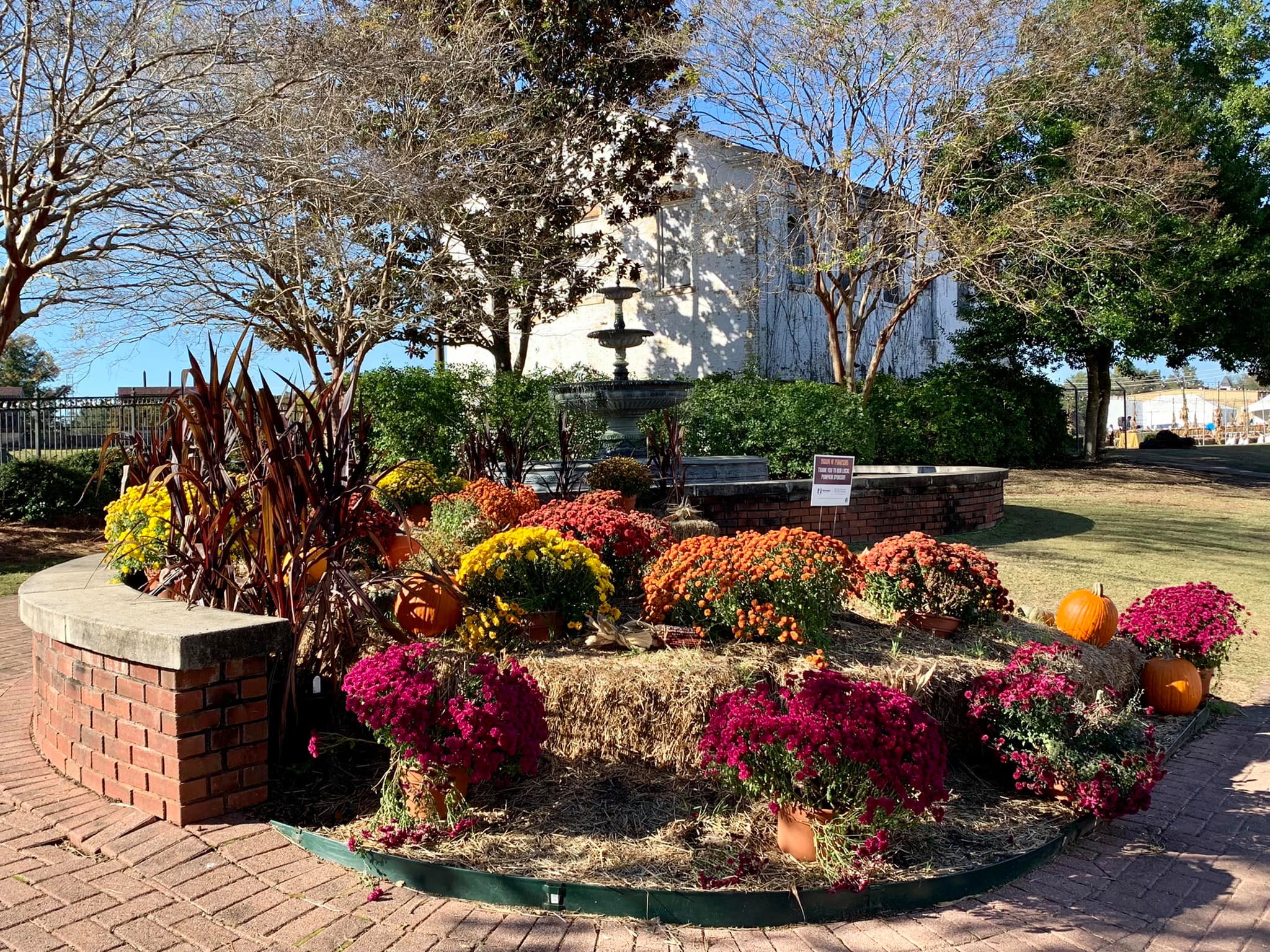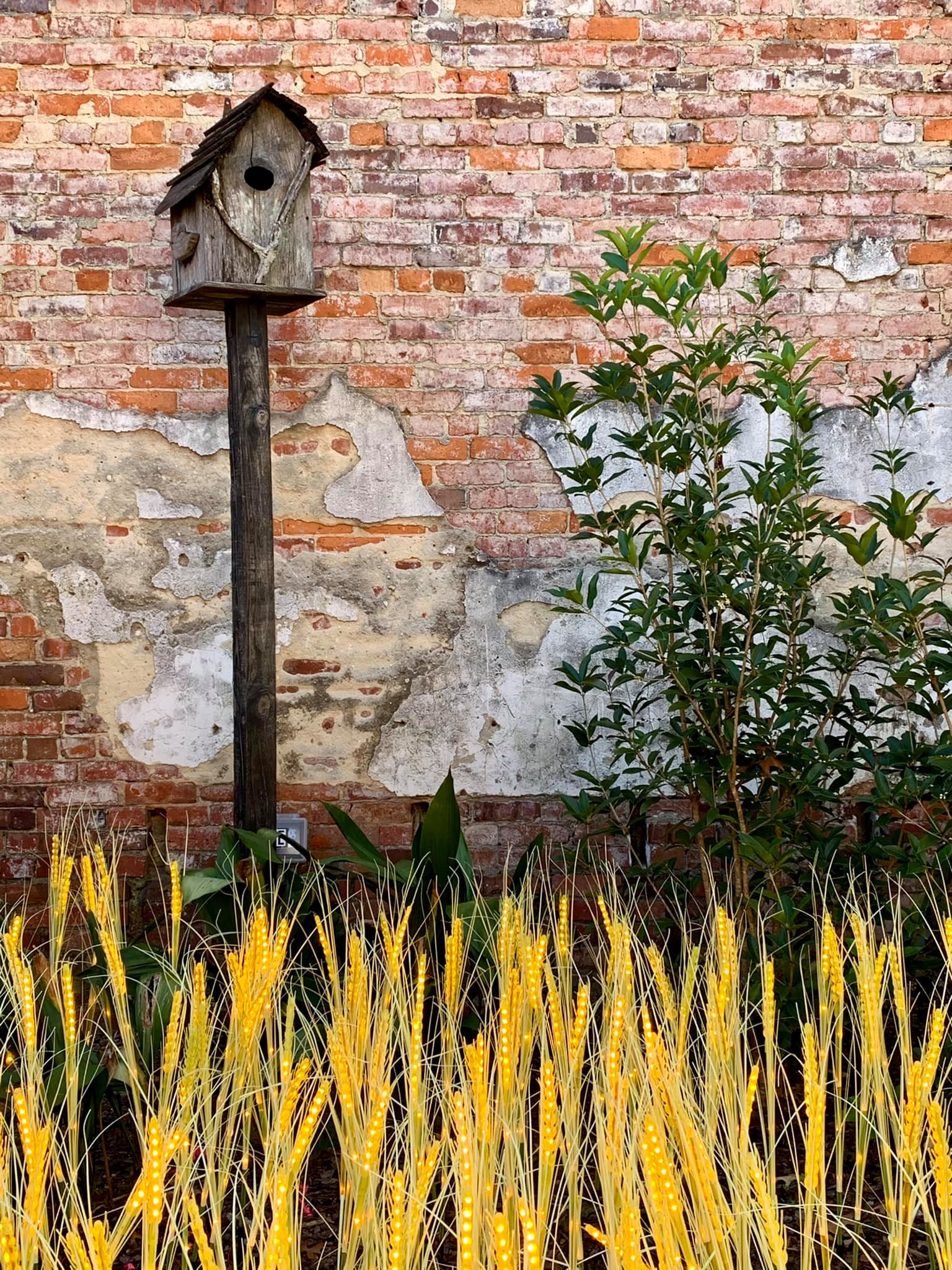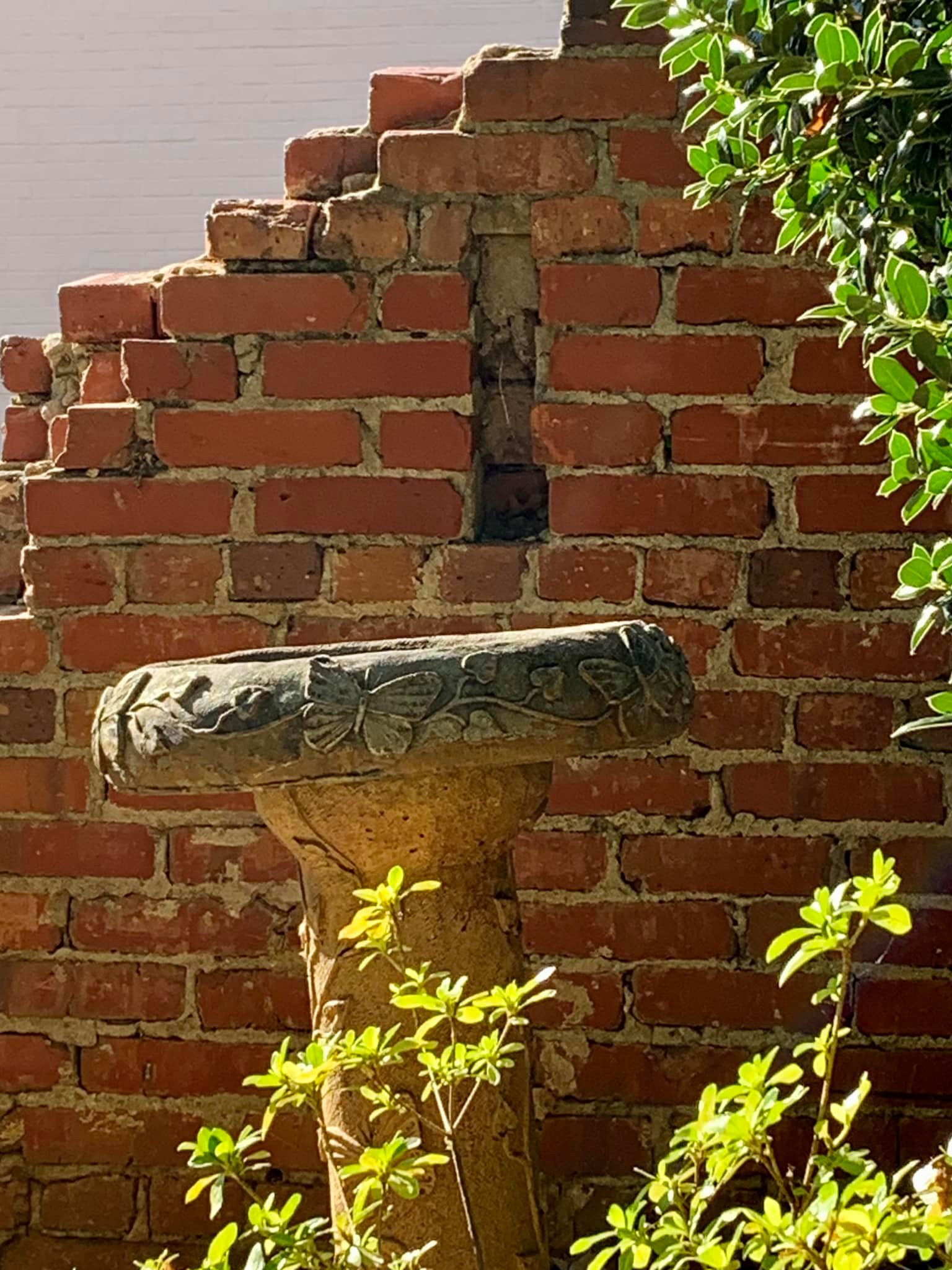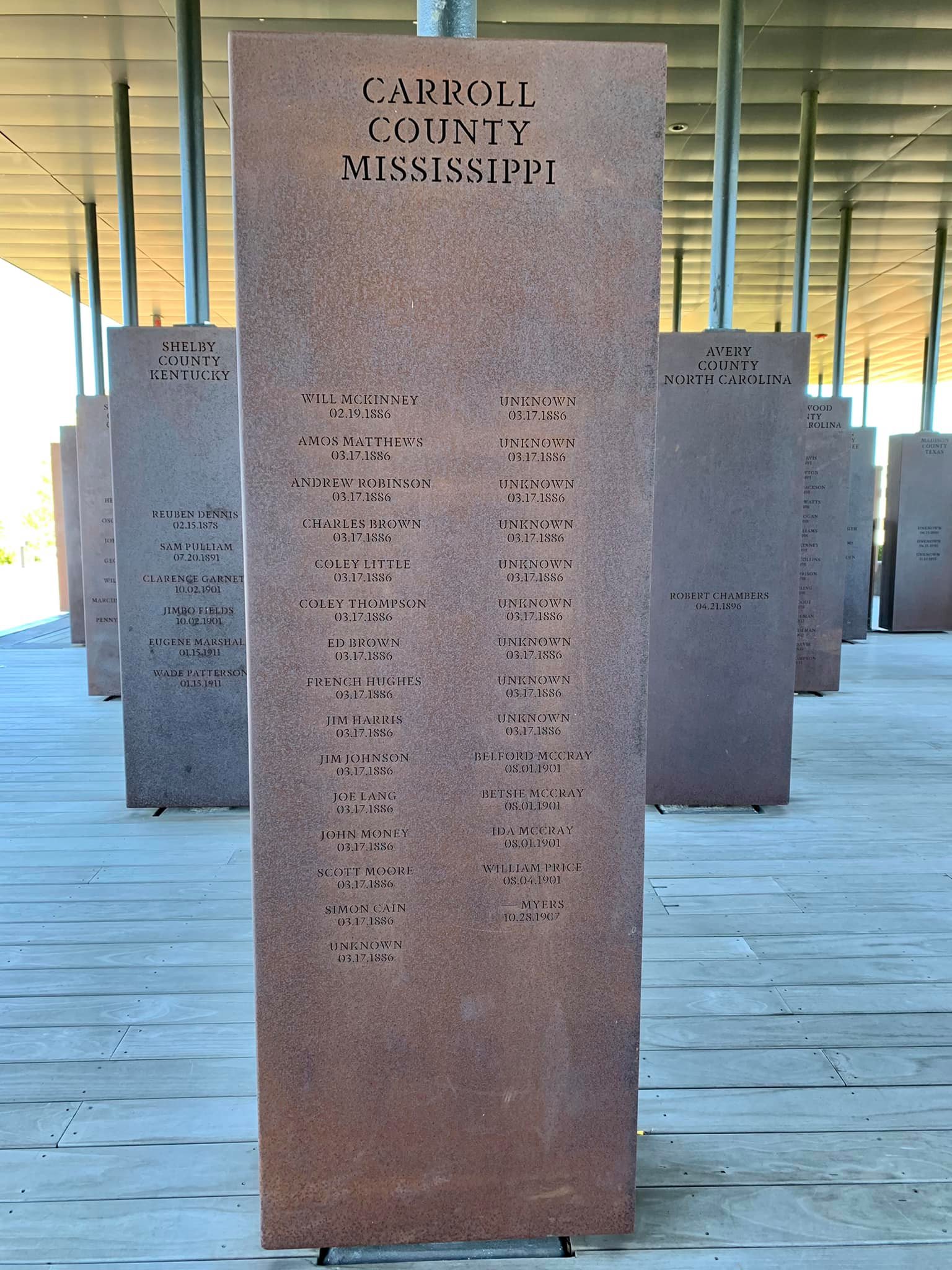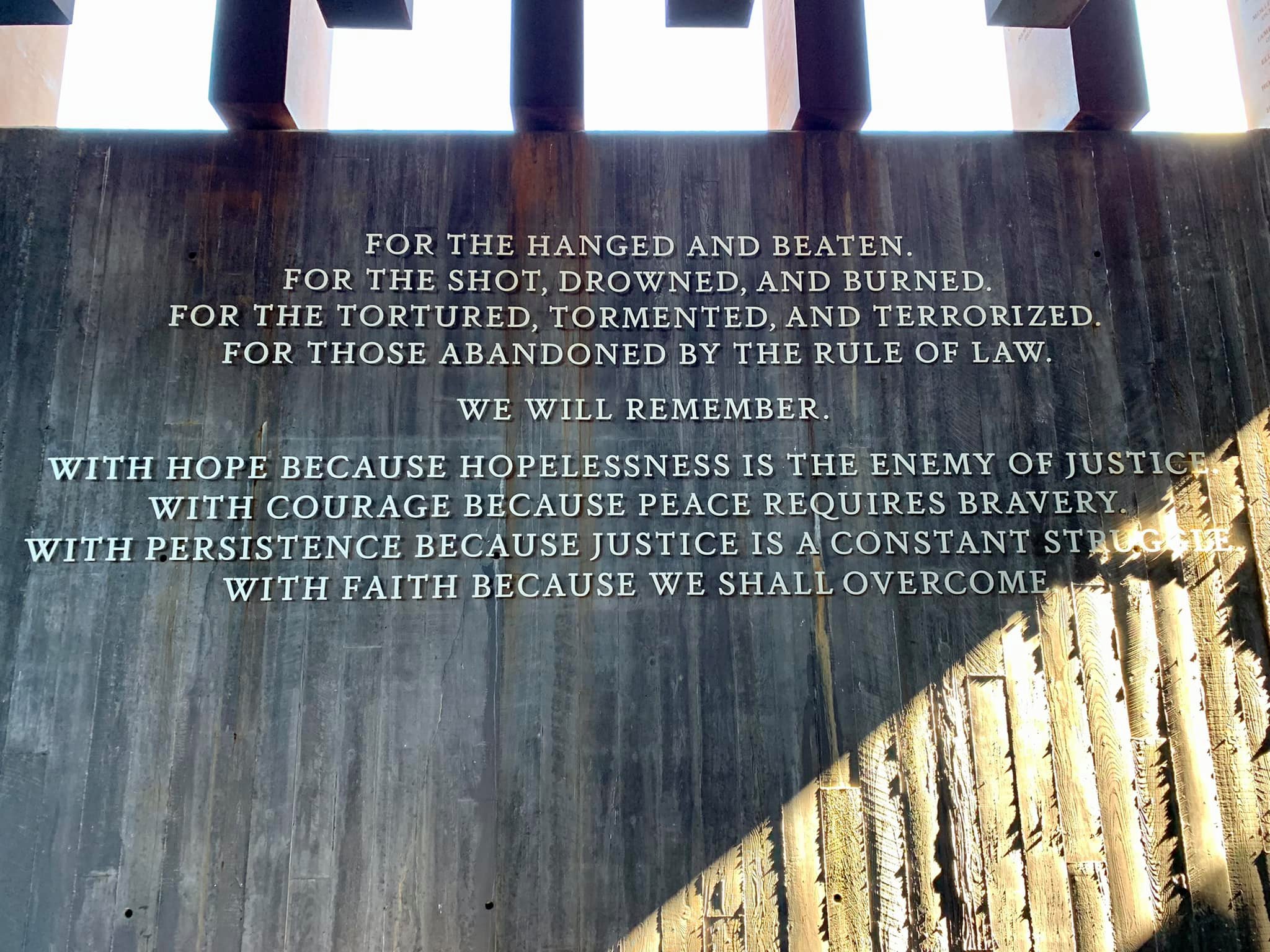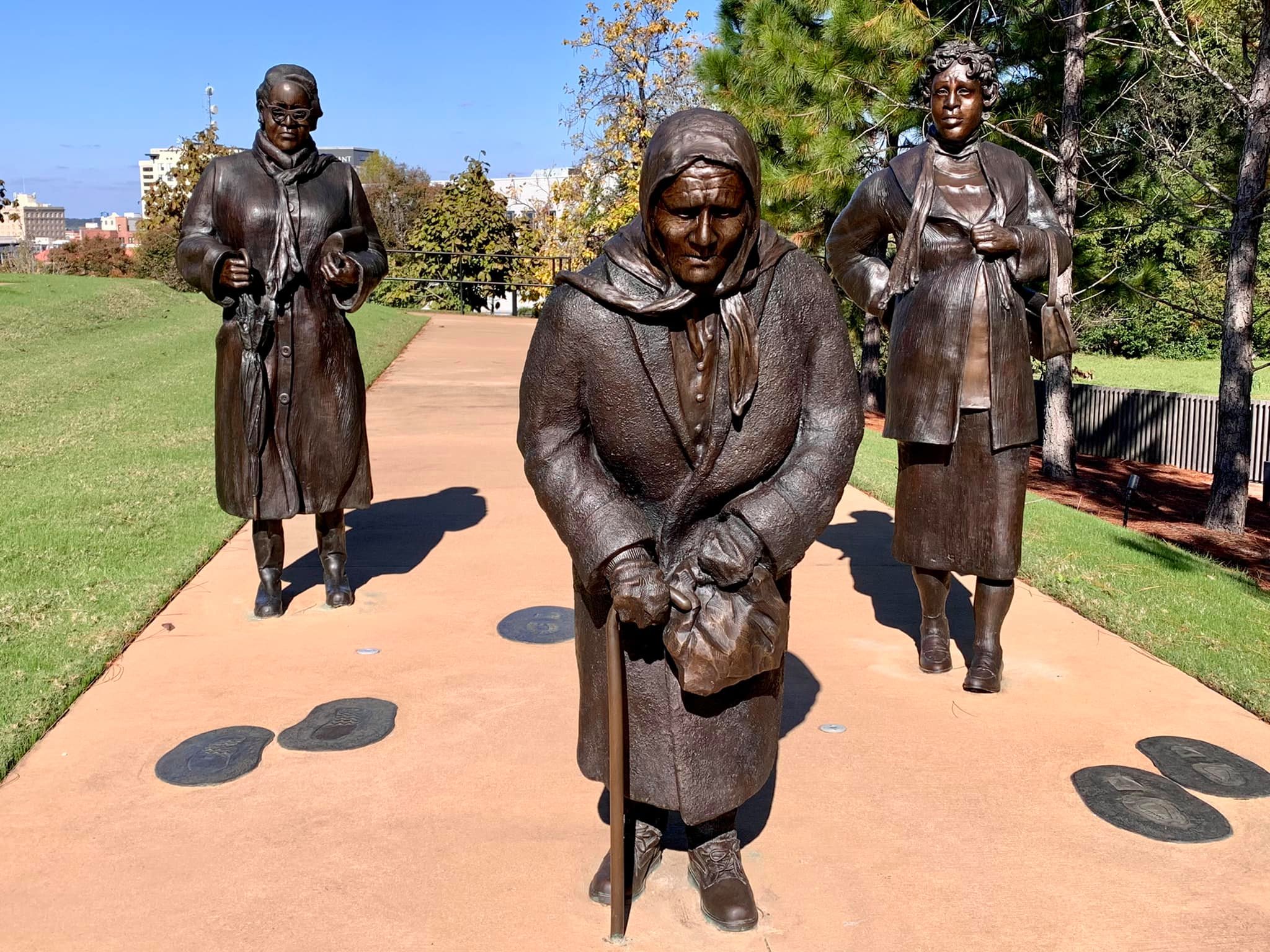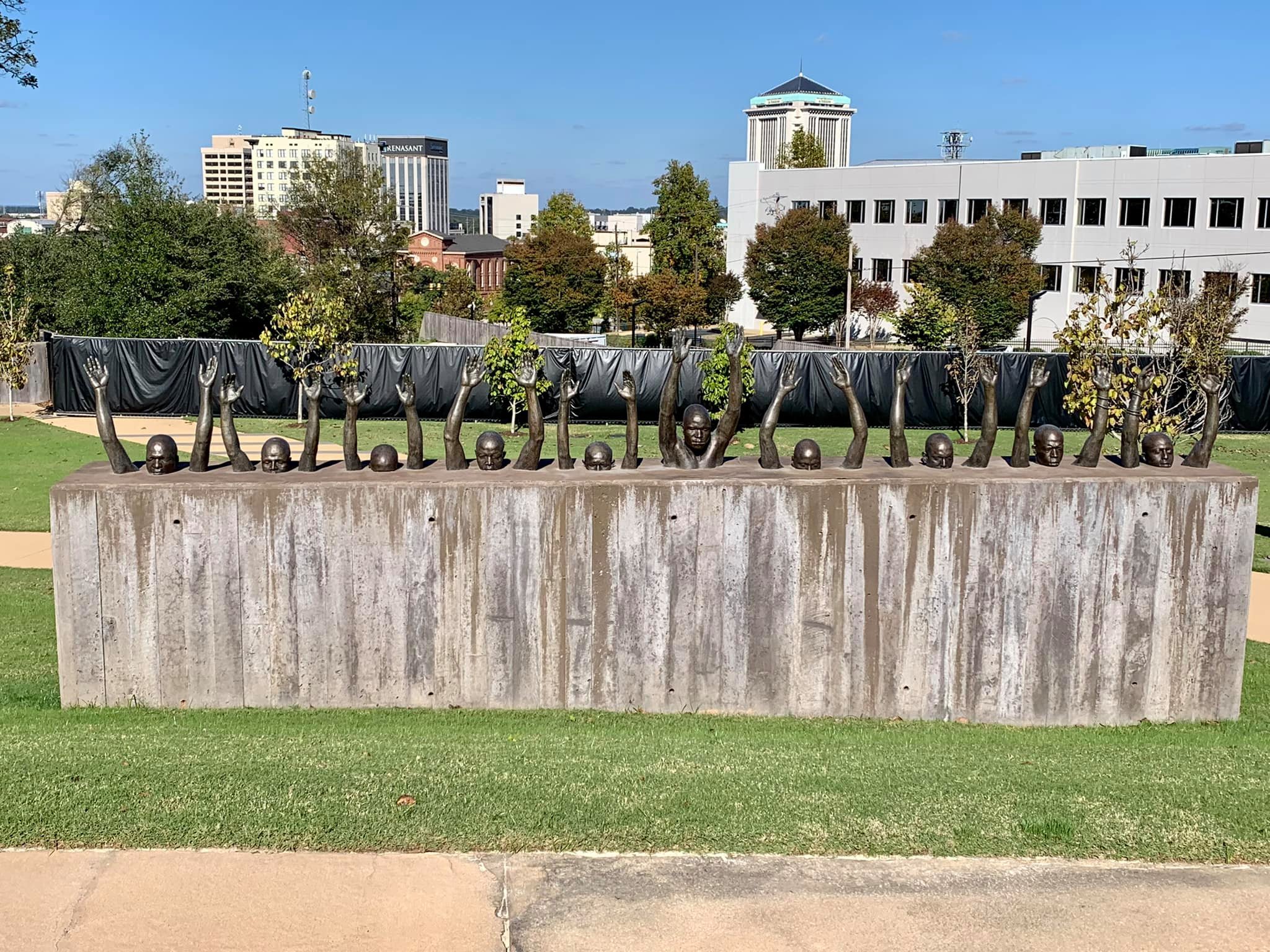My October reflections, after traveling 3,007 miles down the eastern seaboard to Florida:
Solo travel – choices: October held many fabulous adventures – some with family and friends and some solo. The choices solo traveling allows create for wonderful opportunities! Don’t get me wrong – I love traveling with and visiting friends and family AND I love solo traveling. Both are AWESOME!
Grace: I struggle with the concept of “grace.” Although I know the dictionary definition, “favor or honor, goodwill,” I have trouble seeing how it applies to life. Through my travels, I’m beginning to develop my own personal understanding of “grace.” To me – at this time – it means to live empathically, to give people the space to be themselves, to understand that everyone faces challenges – some quite daunting and some momentarily frustrating. Examples for me might be being a bit more patient with a cashier, being more flexible with friends, reaching out to family facing challenges. It also means giving myself permission to be frustrated, fail, feel…
Rally friends: When I knew I’d be in Florida in October and read that there was a Roadtrek Rally in Sarasota – with great timing after visiting my brother and his family in Satellite Beach – I thought, “Why not go?” Wow! What a treat! Not only did I learn more about Roadtreks in general and Addie in particular, but I also met some wonderful solo female Roadtrekkers – friends I know I will see during future journeys.
That Roadtrek feeling!: At the Rally, I described how I feel when I drive Addie – grounded, happy, peaceful, excited. As I spoke, the women sitting at my table smiled and nodded – yes, that’s the Roadtrek feeling!
Gated communities in Florida: So what is it with Florida? The three homes where I visited are all in gated communities…
New Jersey

Pennsylvania

Washington, DC

Maryland

Virginia

North Carolina
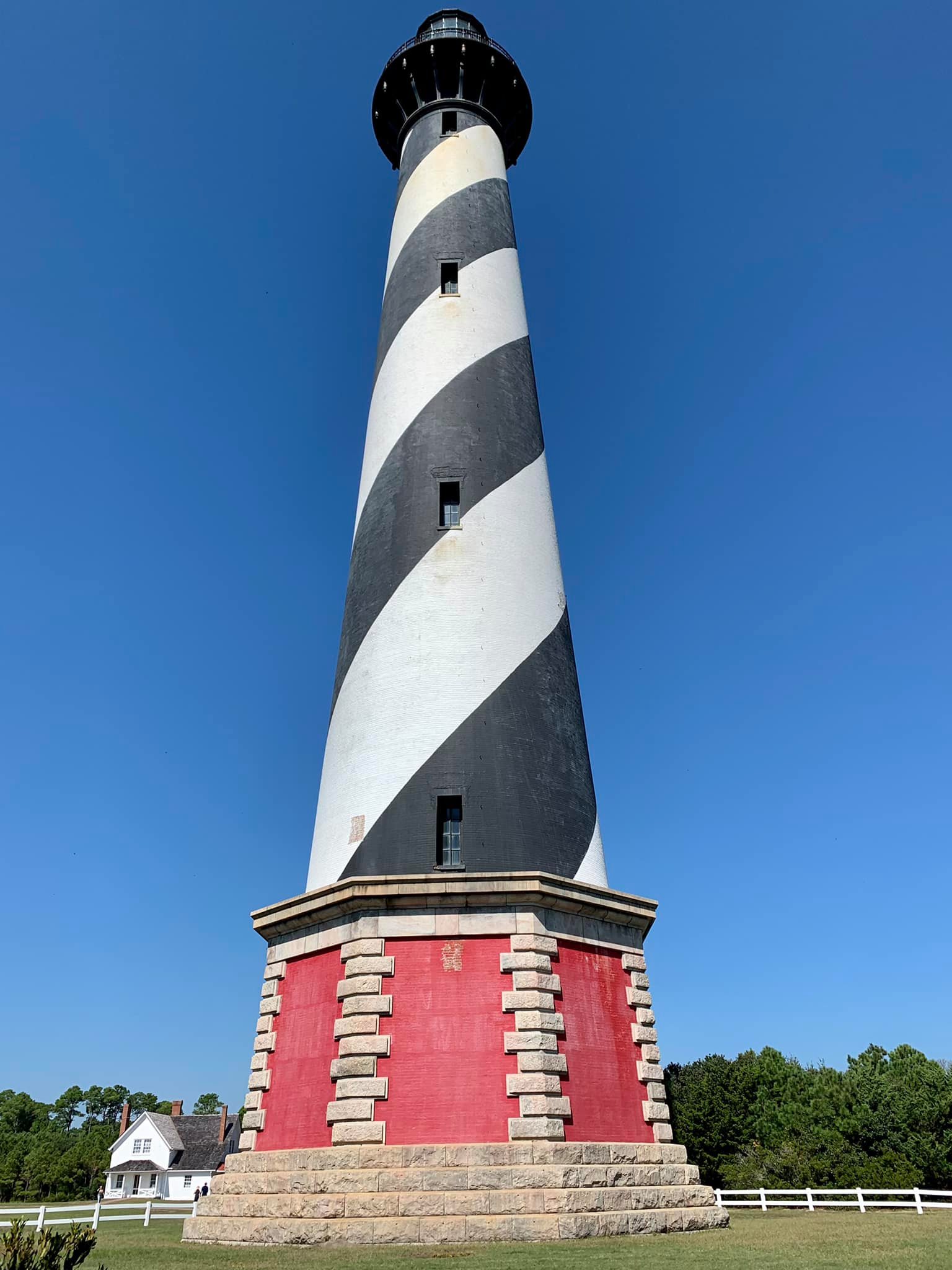
South Carolina
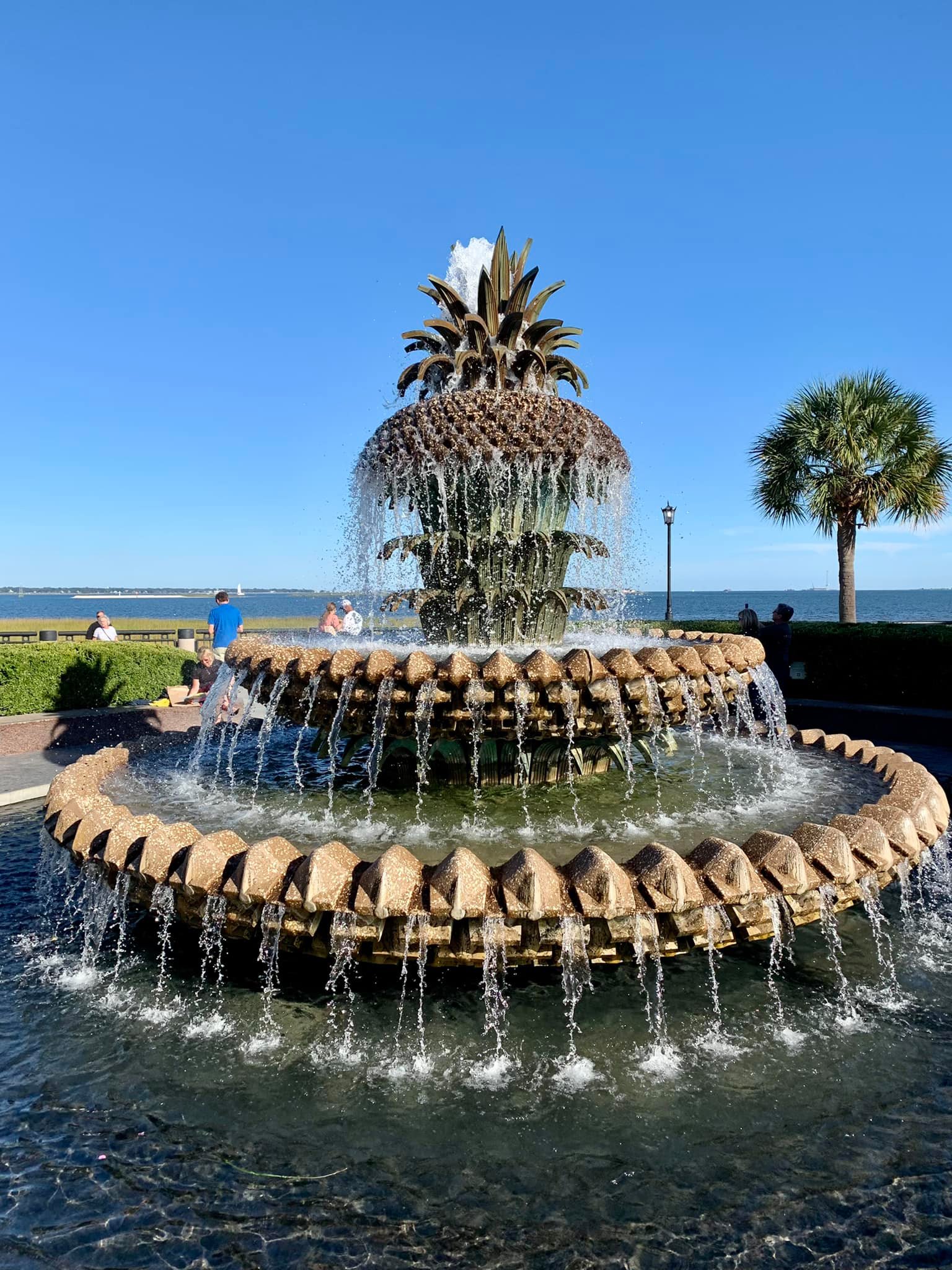
Georgia

Florida
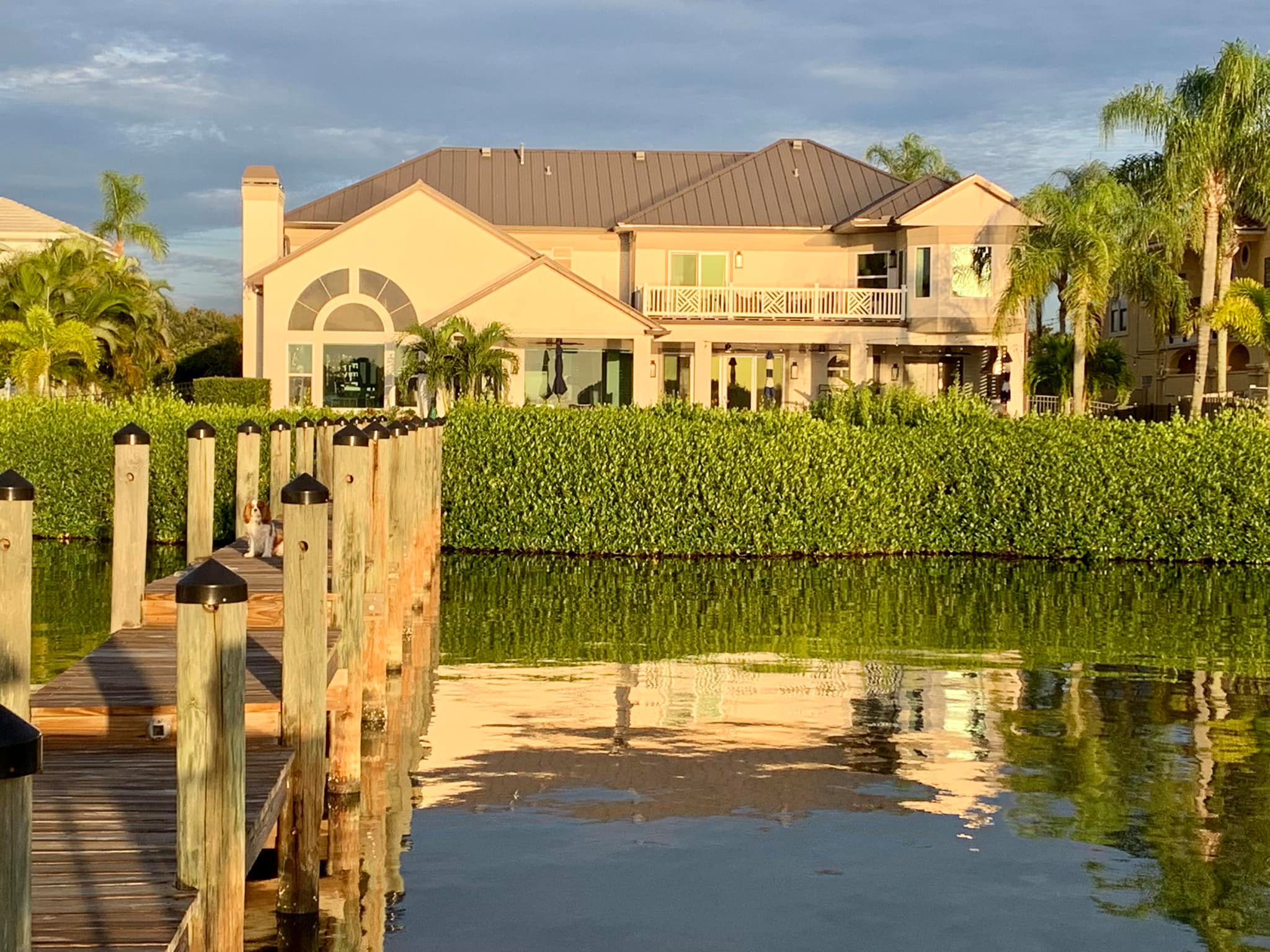
Alabama

Dennis, Anna, and Vanessa (New Jersey)

Melanie (Washington , DC)

Eric (Washington, DC)

Parker (North Carolina)

Martin and Madison (South Carolina)

Angila and Eric (Florida)

Roadtrek friends (Florida)

Anna and Donny (Florida)

Ruby (Florida)

Marjorie and Phil (Florida)


